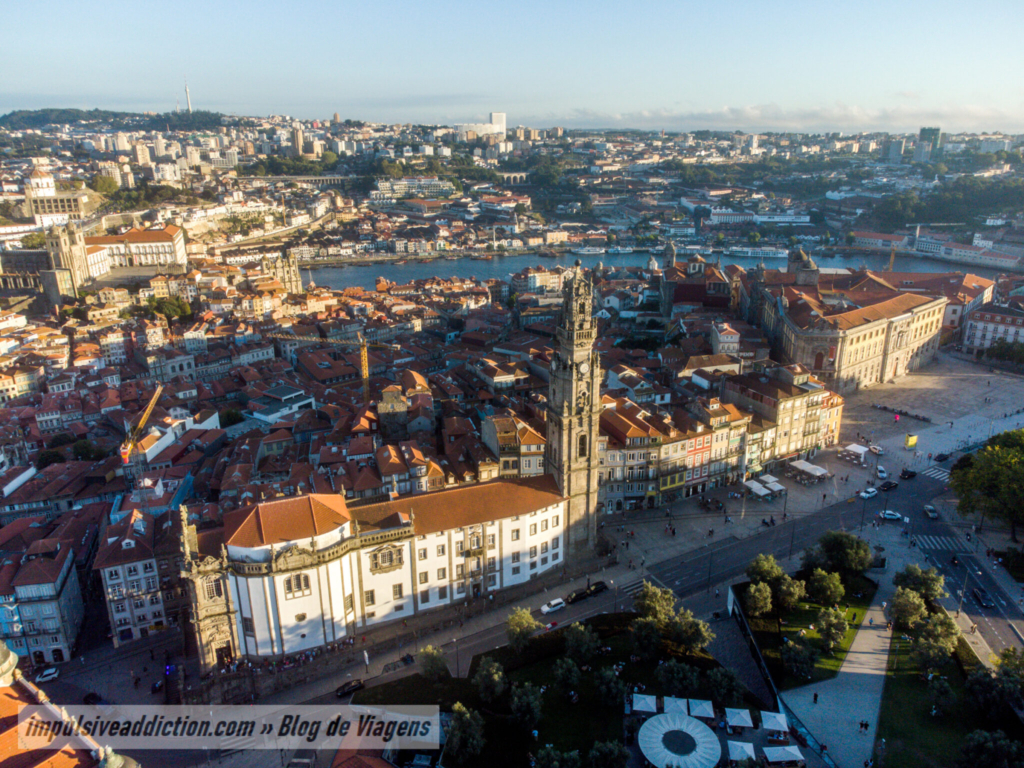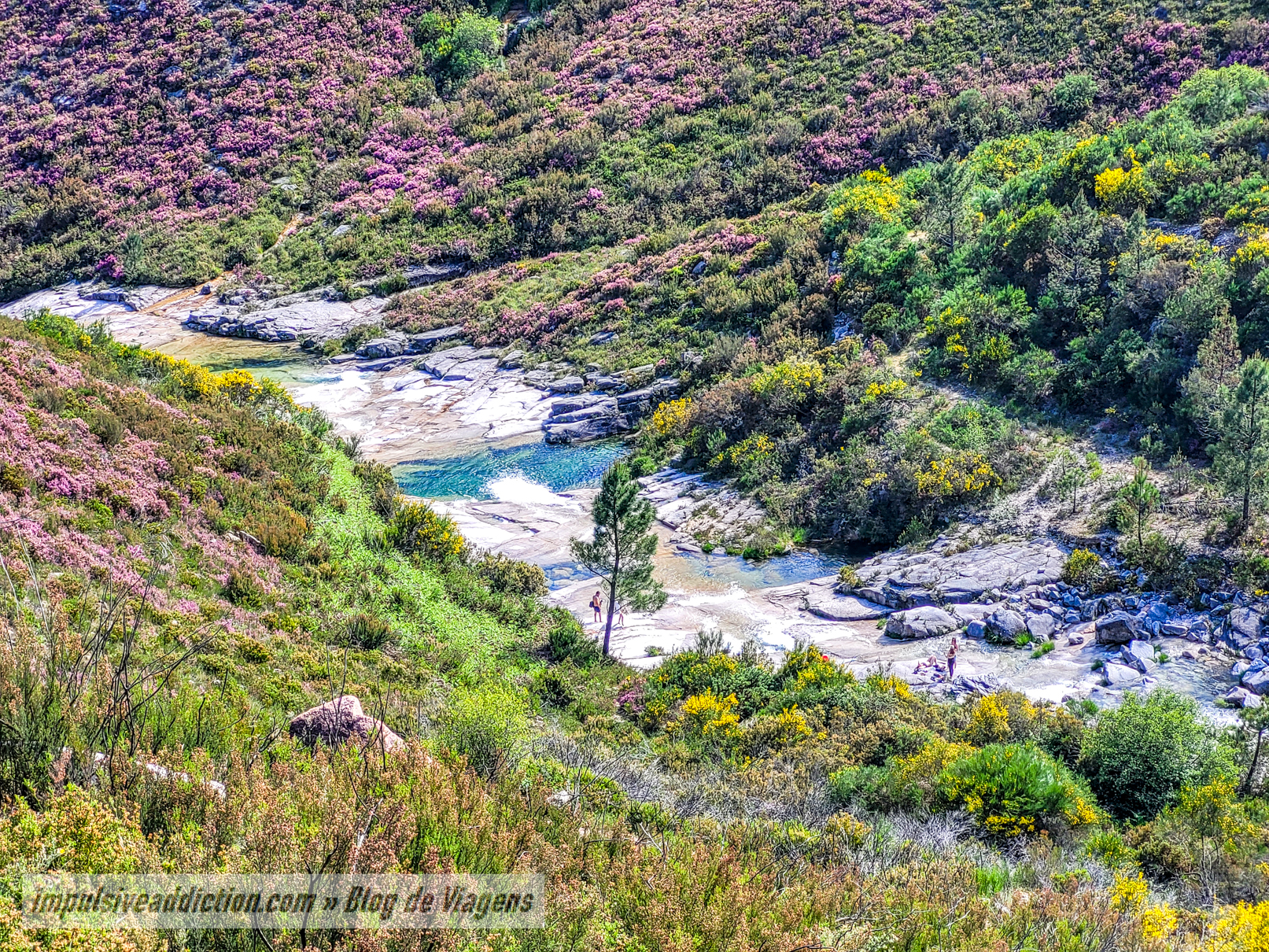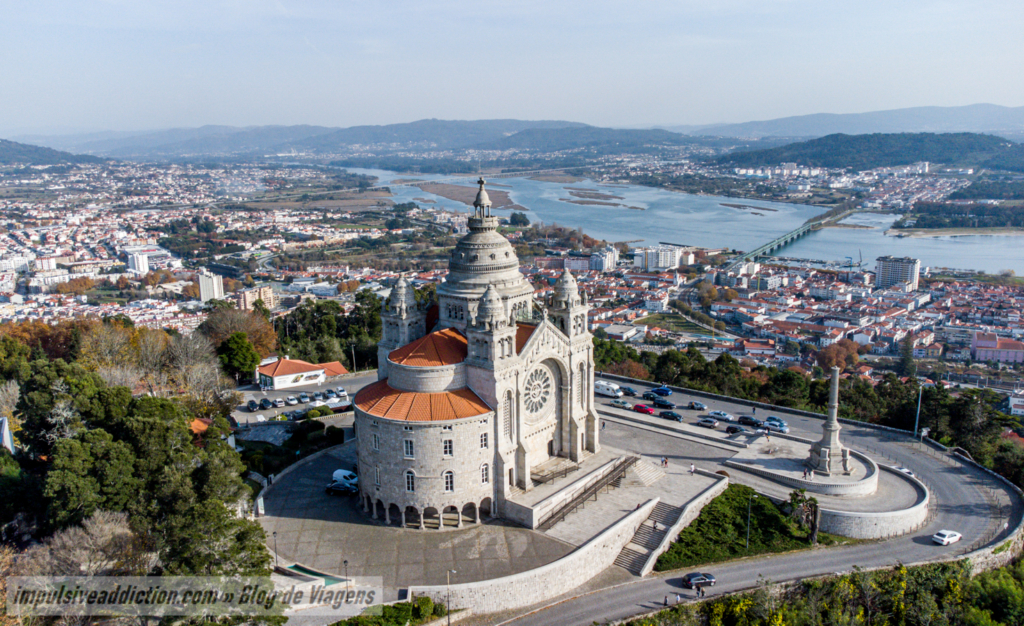Nestled in the heart of Galicia, Santiago de Compostela is a city steeped in history, culture, and tradition. Known as the final destination of the famous Camino de Santiago pilgrimage, this enchanting city has much to offer travelers looking to explore its ancient streets and monuments.
With its stunning cathedral, picturesque plazas, and charming streets, Santiago de Compostela is an ideal destination for anyone seeking a unique cultural experience. Whether you’re interested in history, architecture, or simply soaking up the local atmosphere, this city has something for everyone.
In this guide, I’ll take you on a journey through the best things to do in Santiago de Compostela, from visiting its iconic landmarks to exploring its hidden gems. Whether you’re a first-time visitor or a seasoned traveler, this guide has everything you need to make the most of your time in this fascinating city. Get ready to discover the charm of Santiago de Compostela!
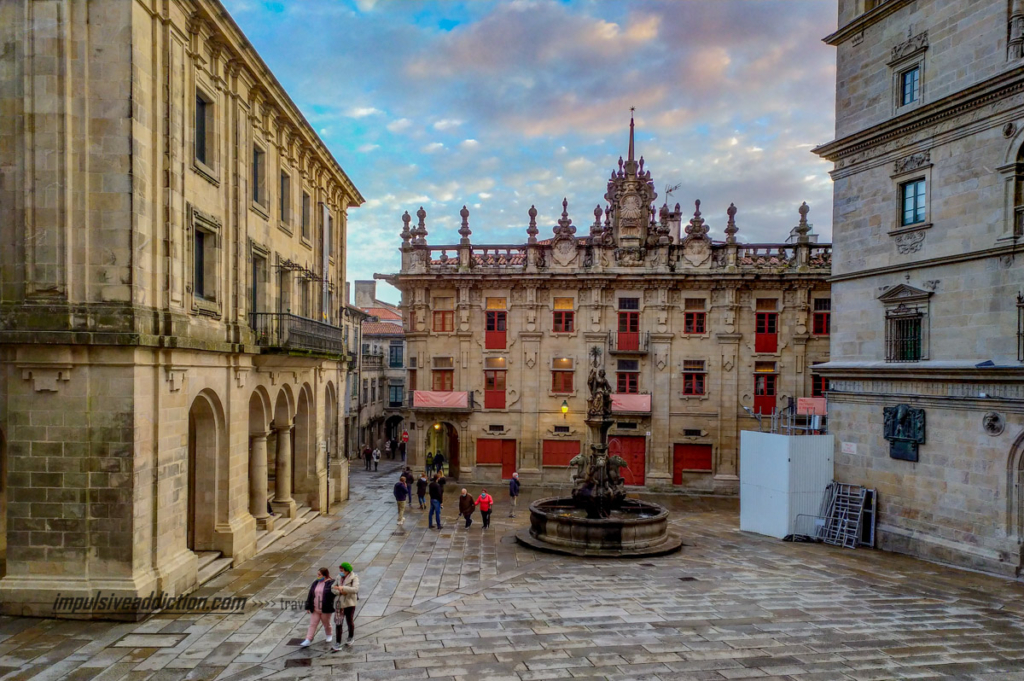
Where is Santiago de Compostela located, in Spain?
Santiago de Compostela is located in the center of Galicia, and is a city and municipality in the province of A Coruña, serving as the capital of the autonomous region. It is situated south of A Coruña, north of Pontevedra and Vigo, and west of Lugo and northwest of Ourense. It is also not far from the North of Portugal, my country.
Other useful articles in this blog: 1 - Things to do in Santiago de Compostela 2 - Things to do in Galicia 3 - Things to do in Vigo 4 - Visit the Ons and Cies Islands 5 - Things to do in Pontevedra 6 - Things to do in La Coruna 6 - Things to do in Viana do Castelo 7 - Things to do in Braga 8 - Things to do in Porto 9 - Things to do in Guimarães 10 - Peneda Gerês National Park Itinerary 11 - Douro Valley Itinerary 12 - Trás-os-Montes Itinerary 13 - Things to do in Esposende 14 - Things to do in Barcelos 15 - Things to do in Arcos de Valdevez 16 - Things to do in Caminha 17 - Things to do in Valença 18 - Things to do in Monção 19 - Things to do in Ponte de Lima 20 - Things to do in Matosinhos 21 - Things to do in Vila do Conde 22 - Things to do in Póvoa de Varzim 23 - Things to do in Vila Nova de Gaia 24 - Minho | Northern Portugal Itinerary
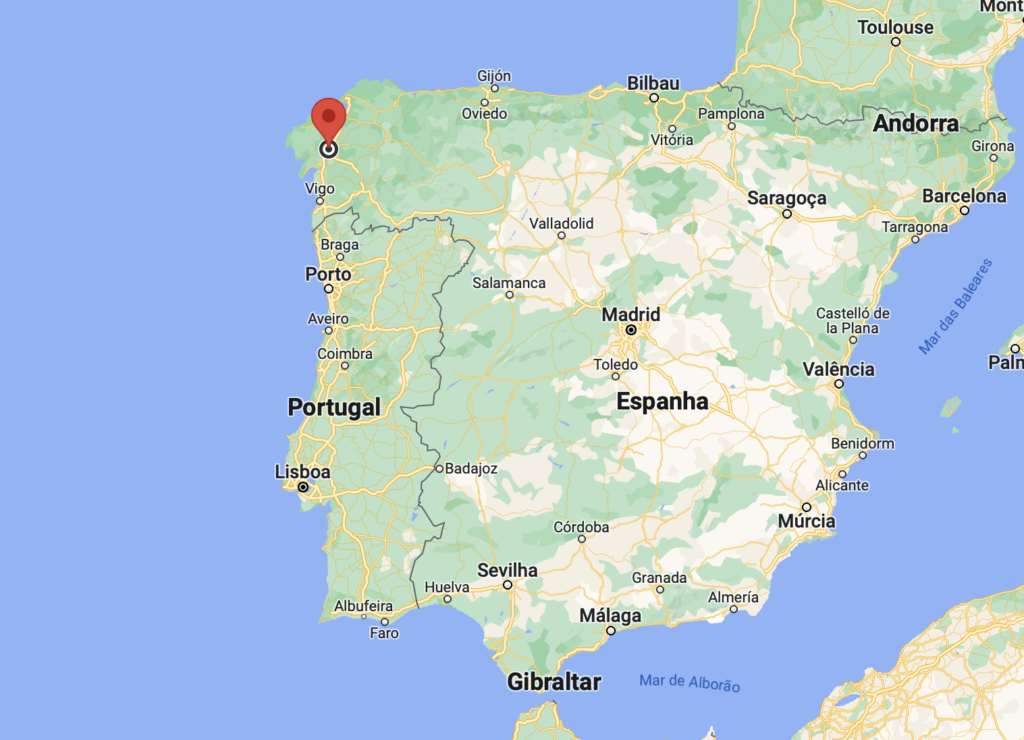
How to get to Santiago de Compostela?
If you’re planning a trip to Santiago de Compostela but haven’t booked your travel yet, I recommend using Skyscanner or Google Flights to compare prices and flight conditions before making a purchase. Santiago de Compostela has its own airport, so flying in is an option to consider.
If you’re already in the region and looking for public transport options, there are trains and buses available. Check out Rome2rio website to explore possible routes, such as the direct bus from Porto (Portugal) to Santiago de Compostela with ALSA or the direct train from Madrid with Renfe.
That being said, I highly recommend renting a car to explore the treasures of Galicia on your own terms. With its rugged coastline and charming seaside cities, there are many stunning viewpoints and interesting places to discover. Discover Cars is a great resource to compare prices and options from multiple car rental companies before choosing the best fit for your needs.
Take out Travel Insurance to visit Spain
To be protected against several types of travel hazards, I also recommend that you take out travel insurance for your stay in Galicia, and I recommend to do it with World Nomads.
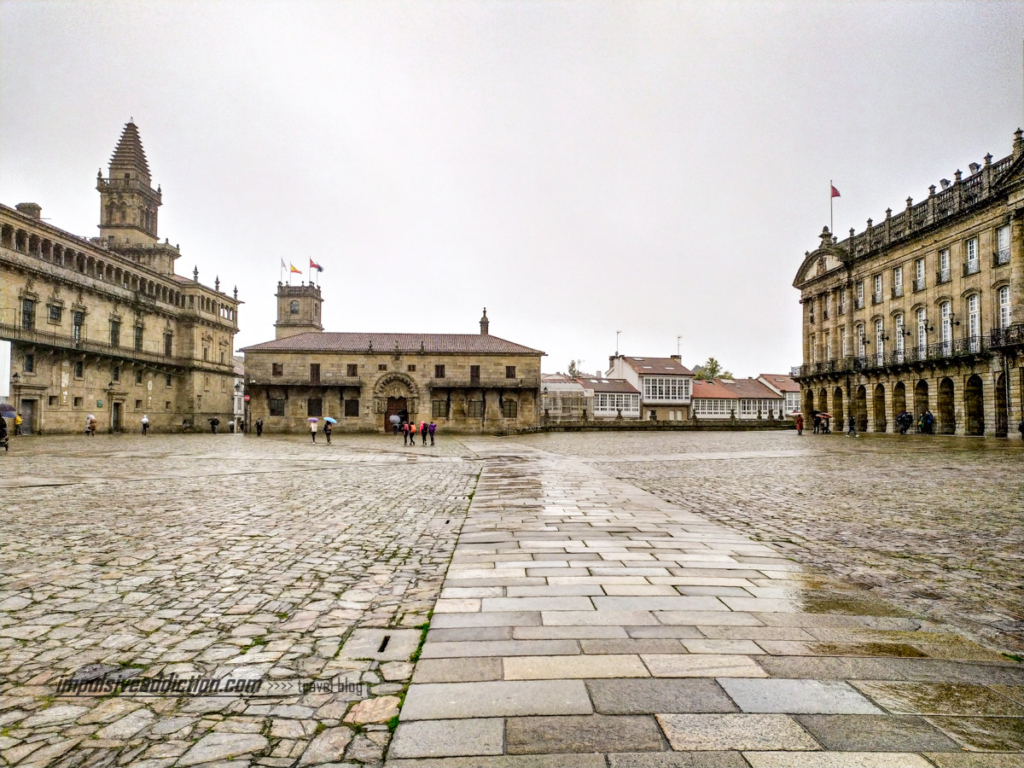
When to visit Santiago de Compostela?
Santiago de Compostela is a year-round destination, but consider these factors:
- If you plan to walk the Camino de Santiago, I recommend doing it in spring or autumn to avoid the hot summer sun and the colder, rainier winter months.
- For a road trip along the extraordinary coastline of Galicia, summer is the best time to visit, as you’ll have good weather to enjoy the fabulous beaches, despite the cold water.
- During the last two weeks of July (for 15 days!), Santiago de Compostela hosts its biggest celebration of the year, honoring the day of the Apostle. If you want to experience the lively atmosphere of the city and attend various events, this is the ideal time to visit. Just keep in mind that it will be crowded.
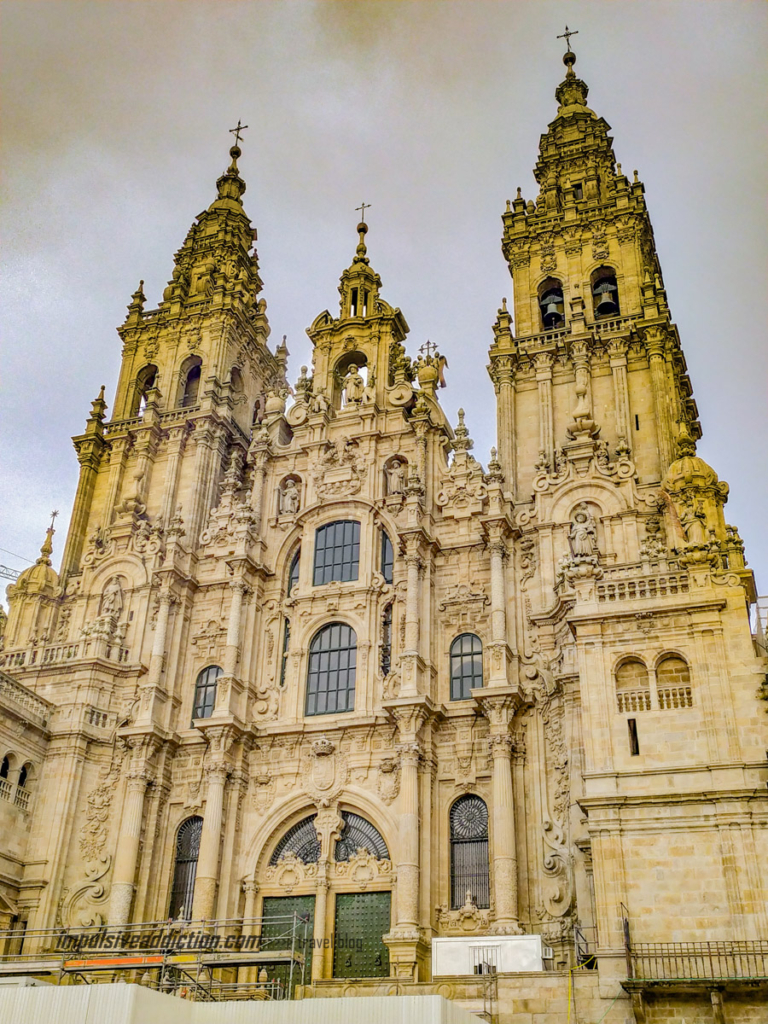
Guided Tours to visit Santiago de Compostela
When it comes to scheduling tours to visit a specific place, I often use Get Your Guide or Civitatis. Below are some tips for excursions to visit Santiago de Compostela, but of course, there are other alternatives you can find. It’s best to book those that allow free cancellations close to the date of the tour and to choose those with more positive reviews and ratings! 😉
Guided Tours to visit Santiago de Compostela: 1 - Free Walking Tour of Santiago de Compostela 2 - Santiago de Compostela Cathedral and Museum Guided Tour 3 - Hostal de Los Reyes Católicos Guided Tour 4 - Food Tour of Santiago de Compostela 5 - Mysteries Walking Tour with Traditional Gallegan Dinner 6 - Templars Tour of Santiago 7 - Santiago de Compostela: Massage Treatment 8 - Guided Tour of the Cathedral of Santiago
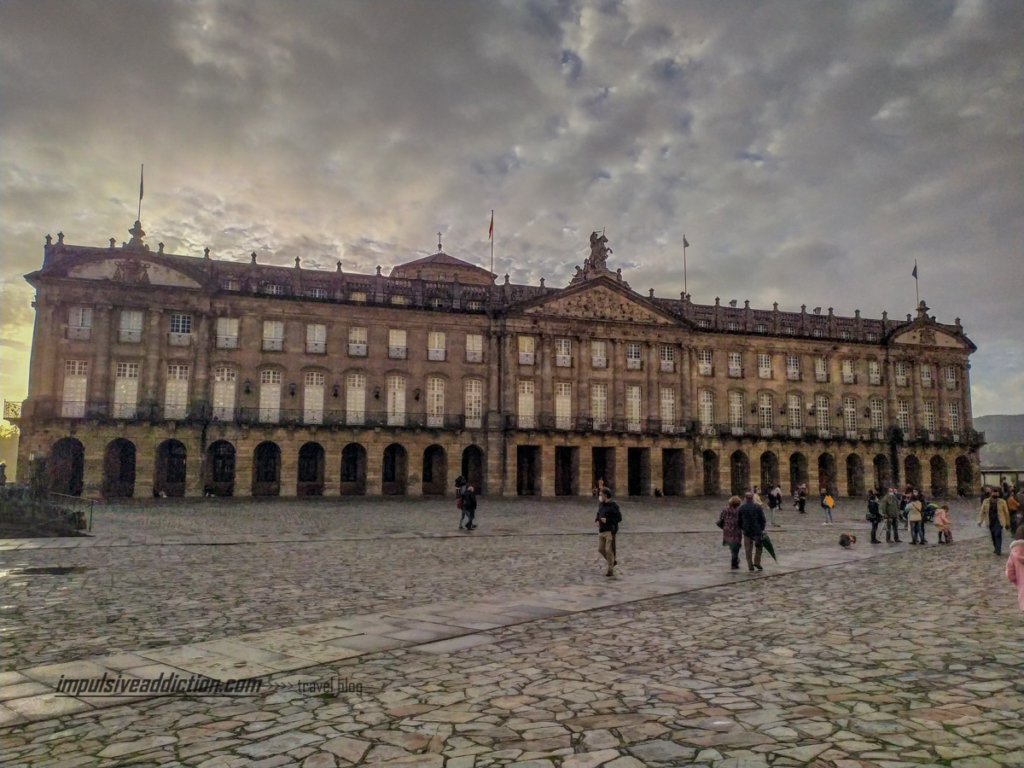
Gastronomy in Santiago de Compostela
If you paid attention to the excursion suggestions presented, you surely noticed that some of them are gastronomic experiences in Santiago de Compostela. 😉 I believe that these could be an excellent way to taste the traditional Galician cuisine.
In any case, here are some suggestions:
- Fish is undoubtedly the main highlight, especially octopus or mussels. But any type of fresh seafood or fish in coastal towns of Galicia will be an excellent choice. How about some gratin scallops?
- Don’t miss out on trying the Empanada Gallega. 😉
- Dedicate yourself to discovering various types of tapas, so typical of Spain.
- When visiting Santiago de Compostela, you must try Santiago Tart, also.
Restaurants in Santiago de Compostela
For places to eat, here are my suggestions, but there are so many others! 😉 A quick search on Google or Tripadvisor will leave you salivating at the amazing food photos you find for each restaurant. 😀 Some restaurants even have Michelin stars.
- Casa de Xantar O Dezaseis
- A Noiesa – Casa De Comidas
- Mesón 42
- Casa Marcelo
- Los Caracoles Restaurante
Accommodation tips in Santiago de Compostela
On my last visit to Santiago de Compostela I stayed at Campanas de San Juan, which is only a few meters away from Obradoiro square, Quintana square, and Cathedral of Santiago de Compostela. I loved the place, and it was reasonably priced. It is in the heart of the city.
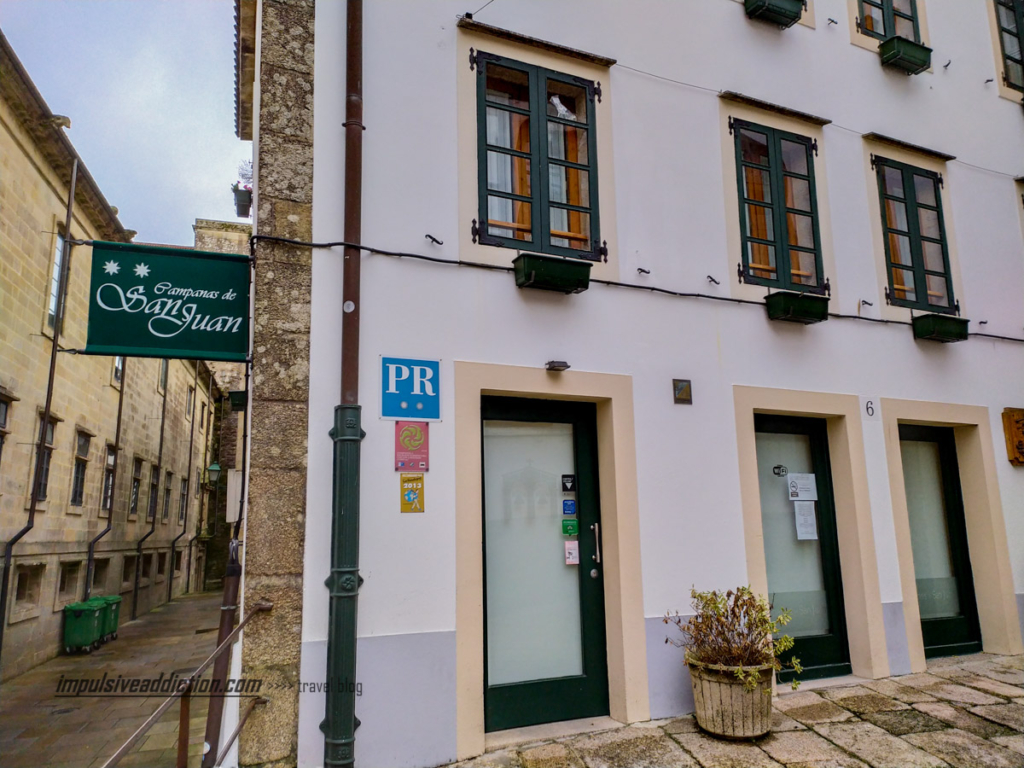
Other options are:
- Pensión Residencia Fonseca – located in a historic building on the lively Plaza de Fonseca, just steps away from the city’s main attractions.
- Casa da Balconada – Very close to the tourist office.
- Hotel San Miguel
- Hostal Alfonso
- Parador de Santiago – is the ultimate luxurious accommodation in Santiago de Compostela, housed in a 15th-century historic building that once served as a hospital for pilgrims. From antique furnishings to luxurious fabrics, every detail is meticulously curated to create a timeless elegance that’s complemented by breathtaking Cathedral views in select rooms. While it may come at a higher cost, a stay at Parador de Santiago promises to be an unforgettable experience that’s worth every penny.
Things to do in Santiago de Compostela (old town)
Discovering Santiago de Compostela is easy with the step-by-step guide I’ve provided in the following sections. Simply take note of the names of the squares and places mentioned in the titles to create your own itinerary and city guide. Enjoy pedestrian-friendly exploration in the charming old town.
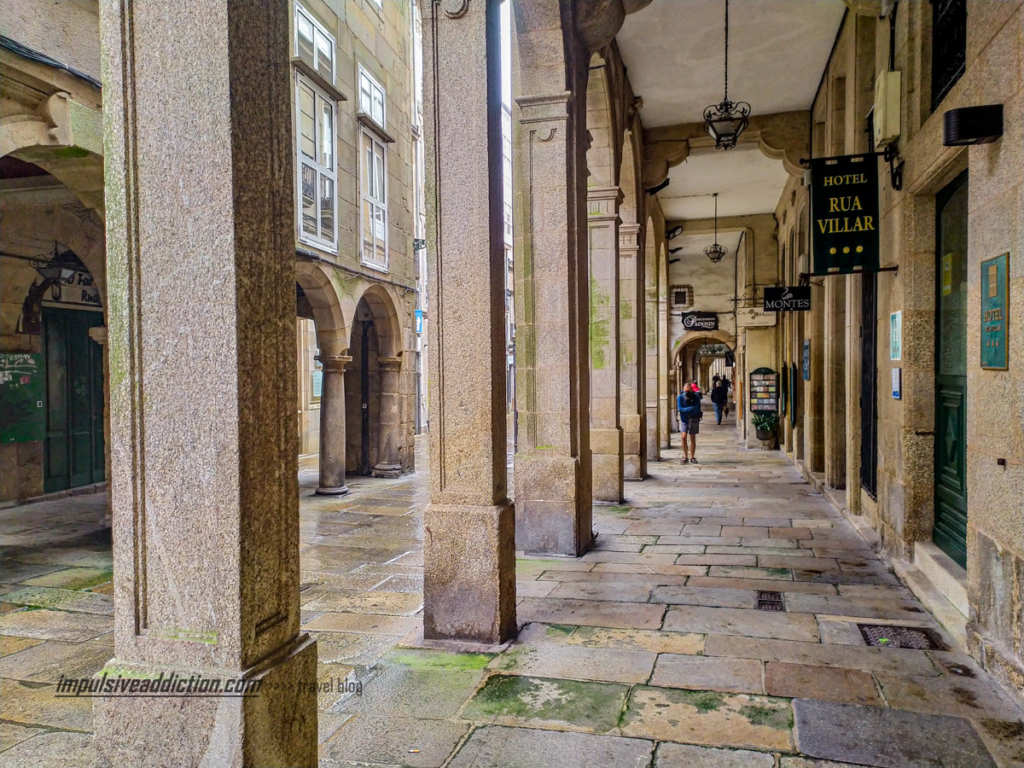
1. Visit the Cathedral of Santiago de Compostela
I will assume that you easily parked your car at San Clemente car park, which is just a few meters from Obradoiro square and the main facade of Santiago de Compostela Cathedral (Portico of Glory). This square is where I started my tour of the city, and I recommend that you do the same.
For an informative experience, I highly recommend taking a guided tour of the Cathedral and museum, where you can learn in-depth about the history and significance of this iconic landmark. Alternatively, an audio guide is available if you prefer to explore at your own pace. Don’t miss the chance to visit the Gelmires Palace Museum and climb to the top of La Carraca tower for stunning panoramic views from 70 meters high.
- Santiago de Compostela Cathedral and Museum Guided Tour
- Guided Tour of the Cathedral of Santiago de Compostela
- Link to purchase tickets and information about visiting hours
Take a walk around the 11th and 12th-century Santiago de Compostela Cathedral to appreciate it from different perspectives. Explore some of the squares and access portals to the Cathedral, such as the Holy Door (Baroque style, which only opens during holy years – Quintana Square), the Acibechería door (neoclassical, in Immaculate square), and Praterías door (romanesque, in Praterías square). Each entrance has unique sculptures that are worth marveling at, memorizing the details, and taking many photos.
Make sure to attend the pilgrim’s mass at 12 pm, and witness then the impressive 1.5-meter Botafumeiro (smoke expeller) weighing over 50 kilos. Don’t forget to give the traditional hug to the statue of Santiago next to his tomb.
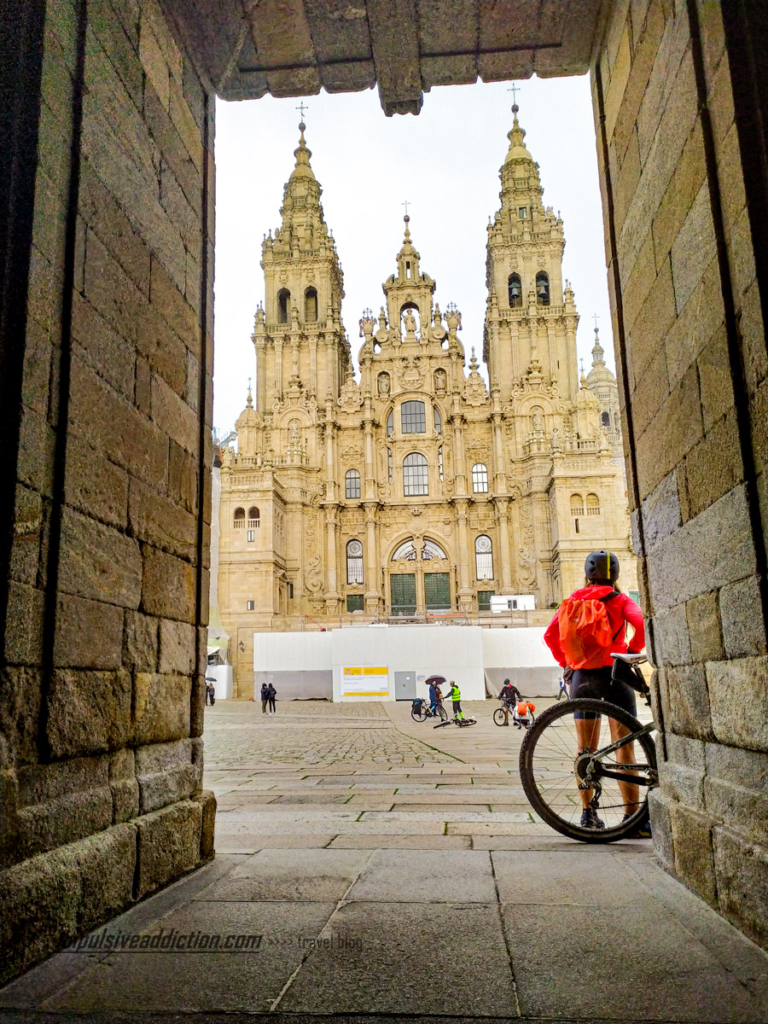
2. Visit Obradoiro Square beyond the Cathedral of Santiago de Compostela
After visiting the Cathedral of Santiago de Compostela, take some time to explore more of the magnificent Obradoiro square and surrounding buildings, including the Raxoi Palace, the College of St. Jerome, and Parador de Santiago, where you can stay overnight.
The lively Obradoiro square is a bustling hub of activity, with the main facades of each building worth admiring. The College of St. Jerome, with its striking Gothic portal, serves as the seat of the rectorate of the University of Santiago de Compostela. The Palace of Raxoi, originally built as a seminary in the 18th century, features a magnificent row of arches and now serves as the town hall. As Santiago de Compostela is the capital of Galicia, the Galician government, or Junta, is also headquartered here.
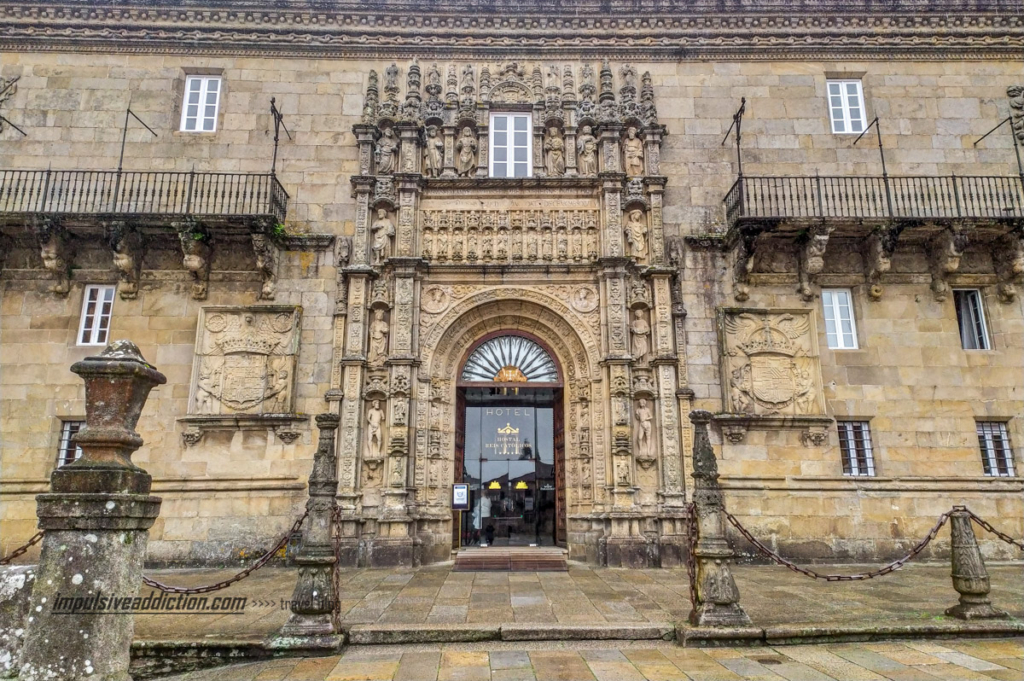
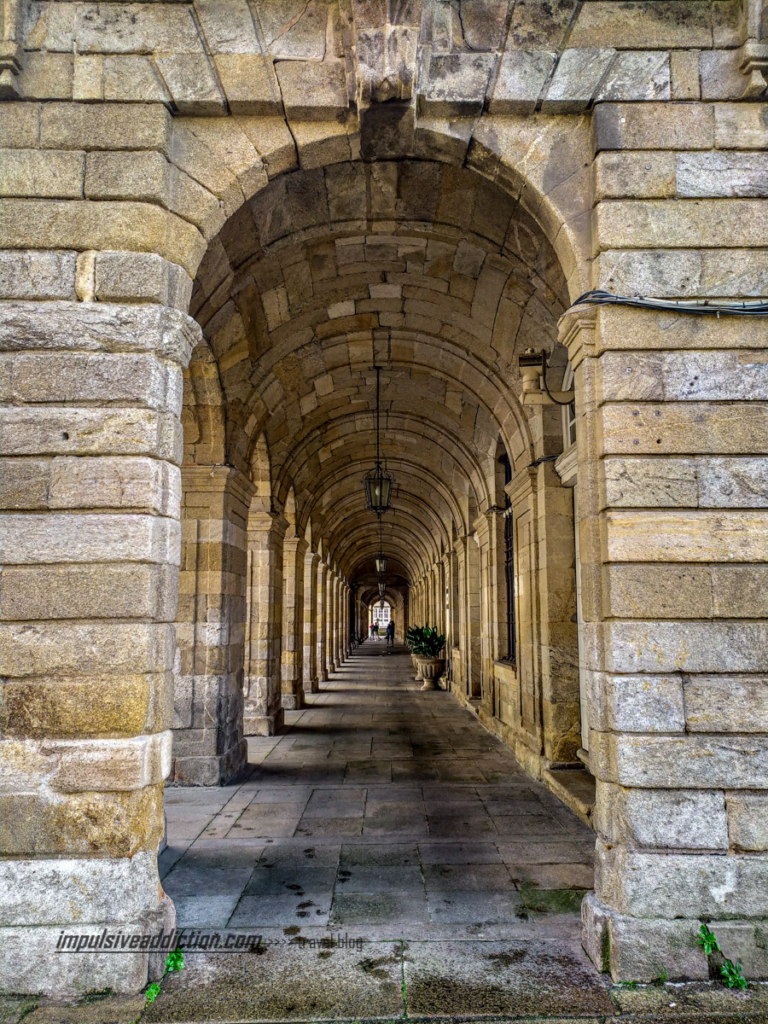
3. Visit the Church of Saint Frutuoso
Located just behind the Palace of Raxoi, the Church of San Fructuoso (also known as the Church of the Royal Anguish) is a stunning 18th-century church in honor of Our Lady of Anguish. From the Obradoiro square, you can catch a glimpse of this beautiful church, but it is well worth it going down there for a visit inside during your time in Santiago de Compostela.
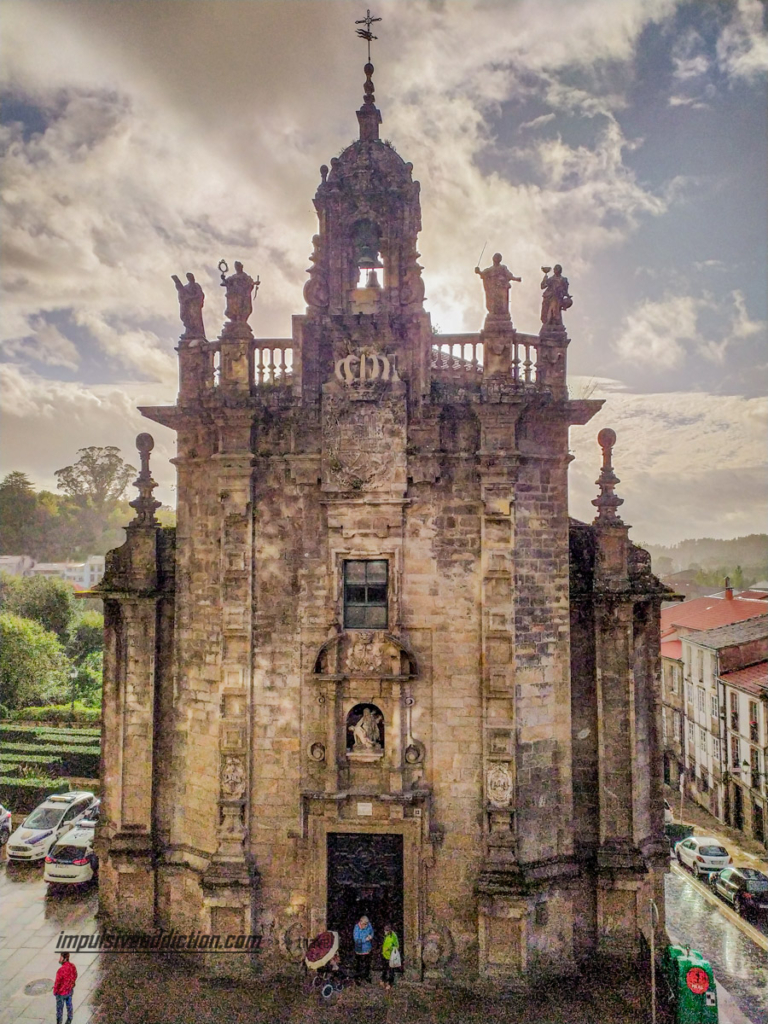
4. Visit the Convent of San Francisco in Santiago de Compostela
By walking down the street of San Francisco, you will reach the main facade of the Convent of San Francisco and the unique monument to St. Francis of Assisi. This historic site has been converted into a hotel with a restaurant that supposedly offers conventual cuisine, and it also provides access to the cloisters. While I personally did not visit the cloisters, I did visit the Church of San Francisco during my stay in Santiago de Compostela.
The convent of San Francisco is also home to the Museum of the Holy Land, which features exhibitions showcasing the culture of Israel and Jerusalem (the Holy Land).
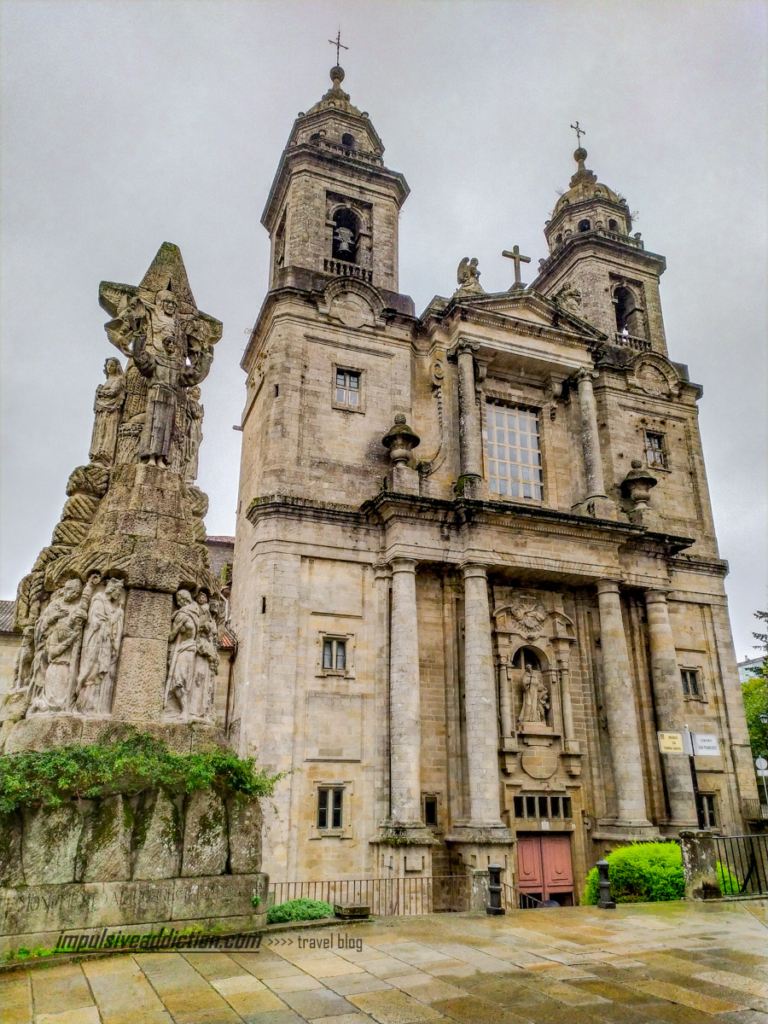
5. Visit the squares of San Martiño and San Miguel dos Agros
From the Convent of San Francisco, turn right and head to the lookout at Costa Vella, where Porta da Pena, one of the old gates of the walled city of Santiago de Compostela, used to stand. From there, turn right again and walk to San Martiño and San Miguel dos Agros squares. Here, you’ll find the Church of San Martiño Pinario, part of the monastery of the same name, and the Church of San Miguel dos Agros.
The monastery’s main façade faces the Immaculate Square, which is the next stop on this tour of Santiago de Compostela. It now serves as the diocesan seminary and as a hotel. The impressive façade of the church was built by a Portuguese architect, Mateus Lopes, and the interior is equally stunning. The monastery, which dates back to the 15th and 16th centuries, features mainly Baroque style, with the first chapel built in the 11th century. Part of the monastery has been converted into a museum of sacred art.
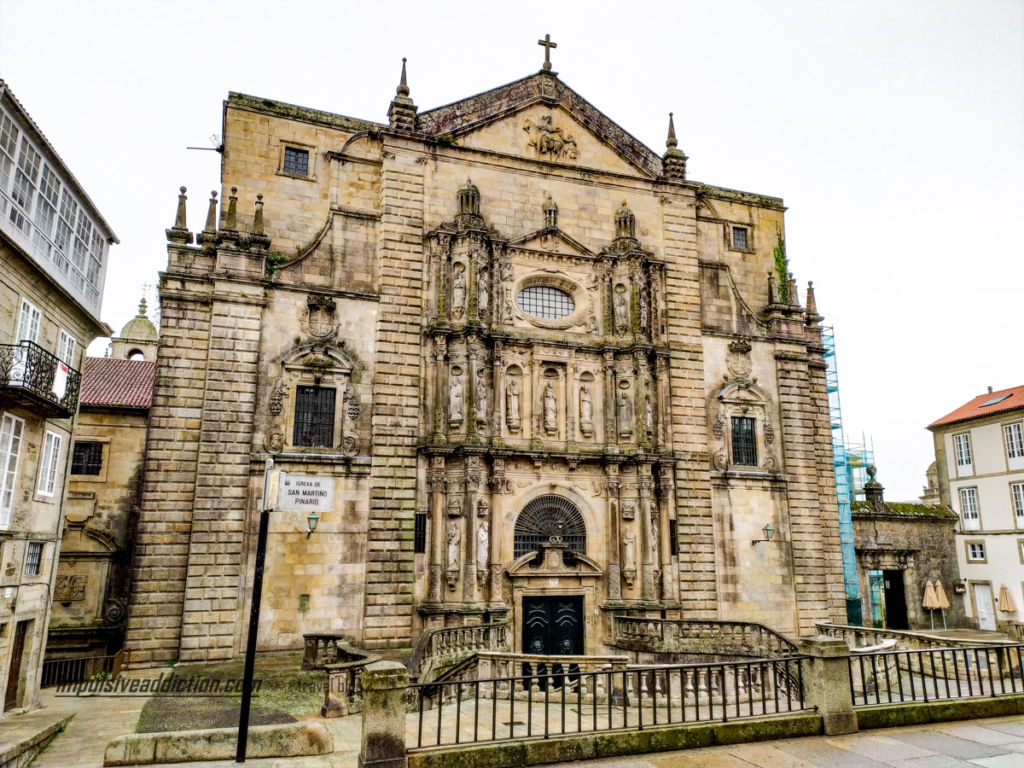
6. Visit the Immaculate Square of Santiago de Compostela
Beyond the main façade of San Martiño Pinario monastery and its small garden, this square also features the Acibechería gate to the Cathedral of Santiago de Compostela. You may have already visited this square while circling the cathedral and passed through the tunnel that connects it to the Obradoiro square. Next, head to Cervantes square.
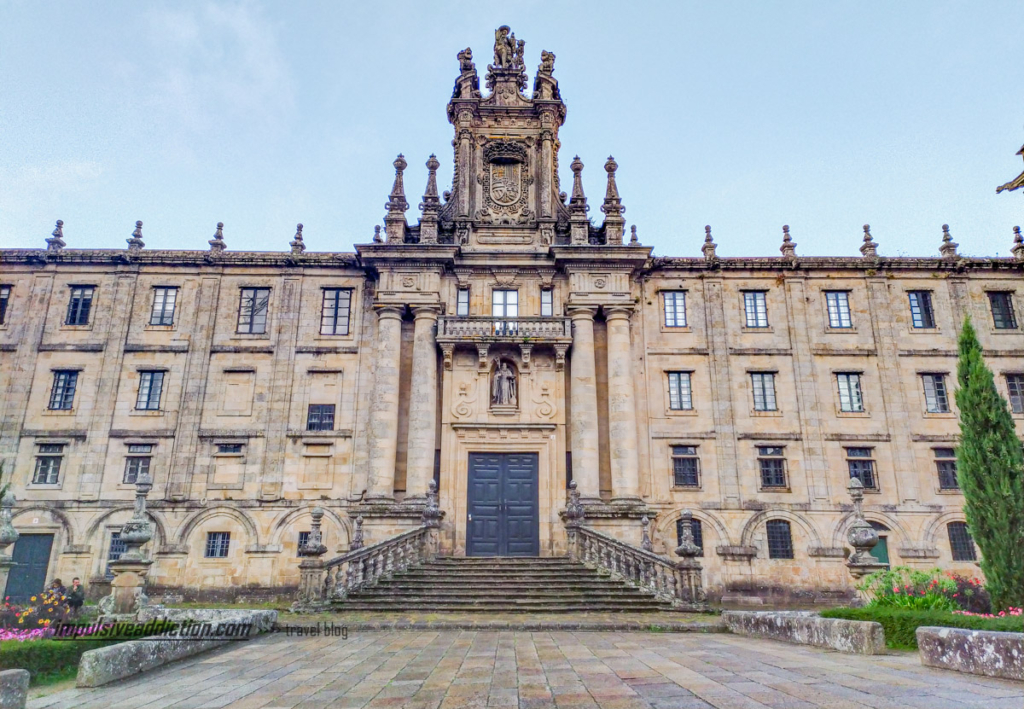
7. Visit Cervantes Square
Cervantes Square is one of the main squares in Santiago de Compostela. When arriving from the Acibechería street, you will see San Bieito do Campo Church in the distance. In the center of the square, there is a fountain with a bust of Miguel Cervantes.
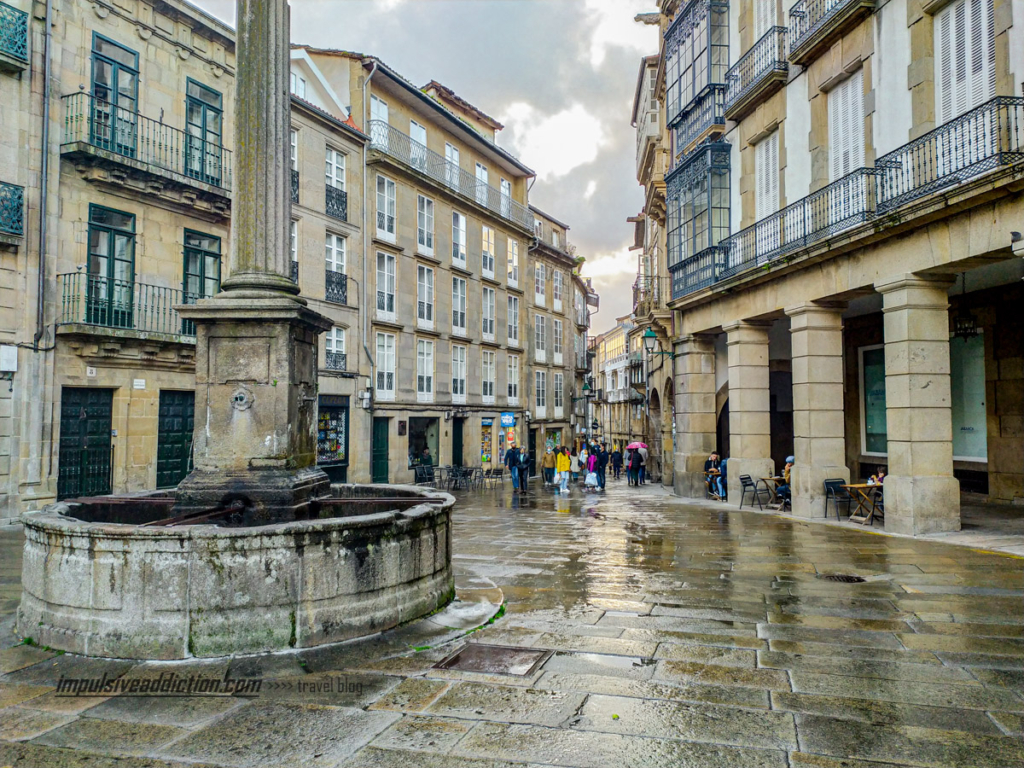
8. Visit the Chapel of Ánimas and the Church of Santa Maria do Camiño in Santiago de Compostela
To the north of Cervantes Square lies the modest Chapel of Ánimas and the adjacent Square of Salvador Parga. Further ahead is the Church of Santa Maria do Camiño, and as you continue, you will come across Porta do Camiño square, which is next to the Convent of Saint Domingos de Bonaval.
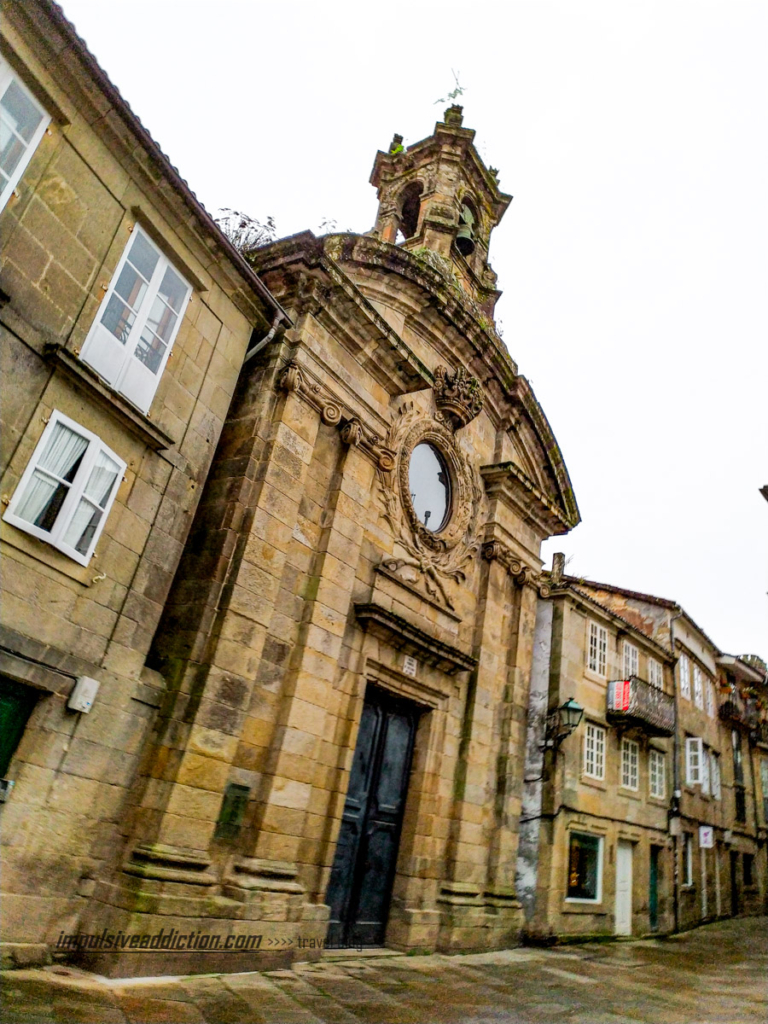
9. Visit the Museum of Galician People and the Park of San Domingos de Bonaval
In addition to the convent and its church, San Domingos de Bonaval also has a fabulous park. The convent was founded in 1220, and the church was built in the 14th century. Today, the convent houses the Museum of the Galician People, which is definitely worth a visit, if only for the triple helical spiral staircase. There’s also a contemporary art museum next to the convent. One of the best things to do in Santiago de Compostela, in my opinion, is to explore the gardens of the convent, which include an old cemetery, making it very distinct from the other in the city. 😉
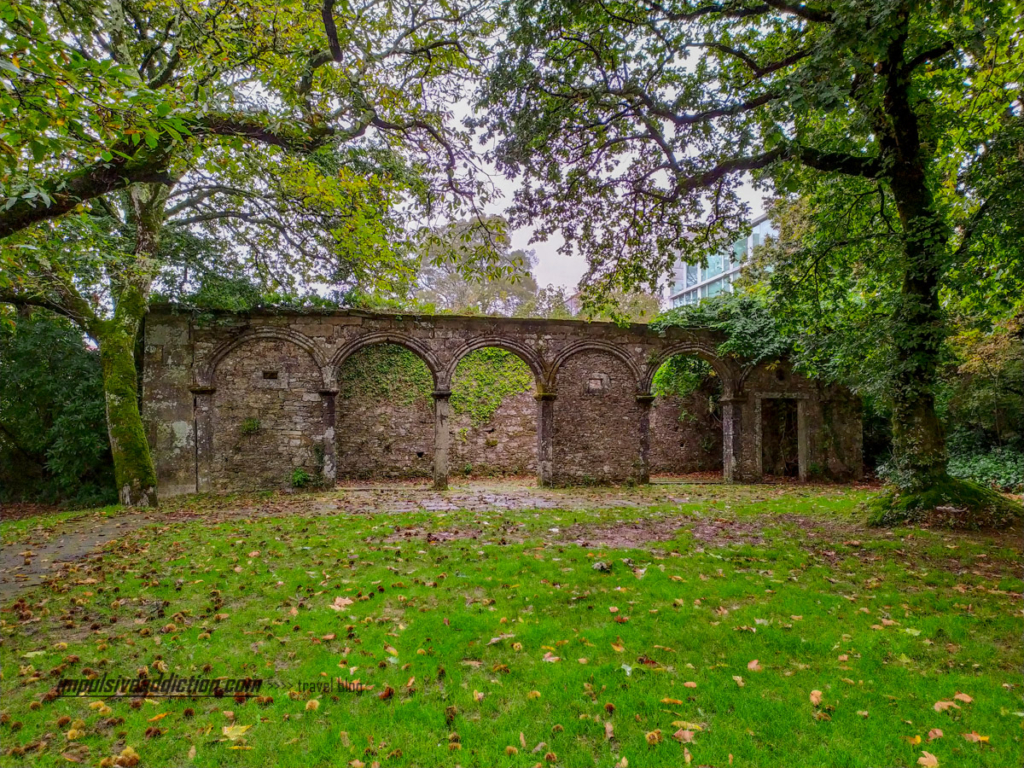
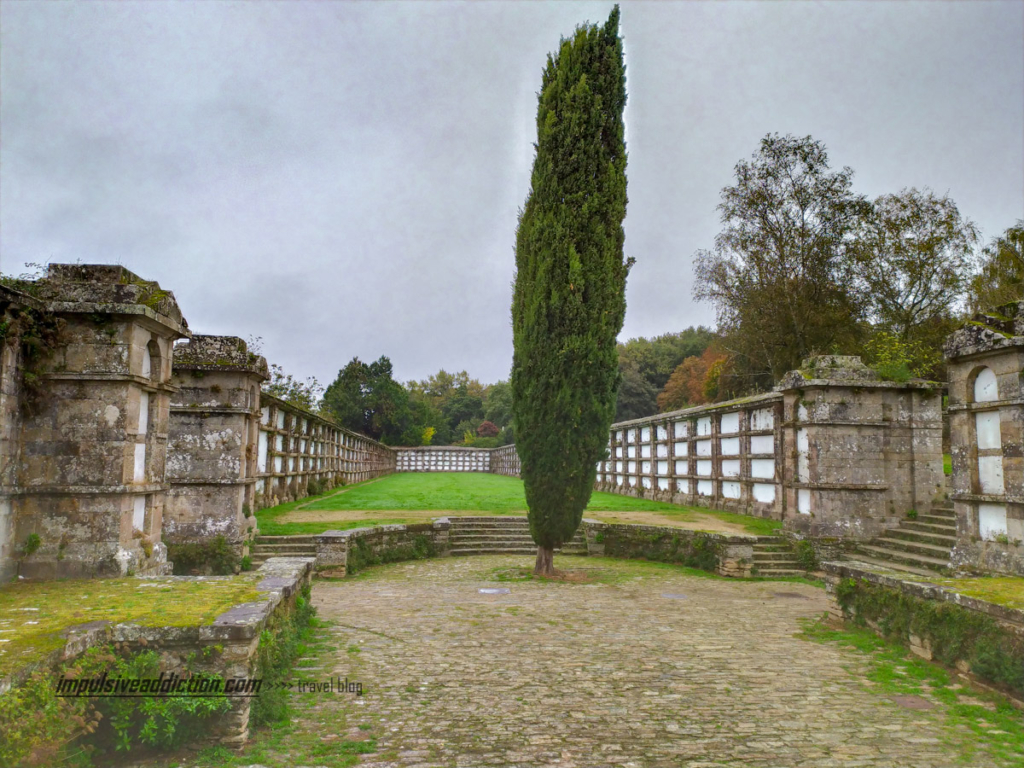
10. Visit the Convent of Santo Agostiño dos Jesuítas
Visit the Convent of Santo Agostiño dos Jesuítas on your way to the Abastos Market in Santiago de Compostela. You’ll surely notice the church towers, one of which appears unfinished, but in reality, only the one on the right is unfinished; the one on the left was destroyed by lightning in 1788. Today, the convent serves as a university college for the Jesuits.
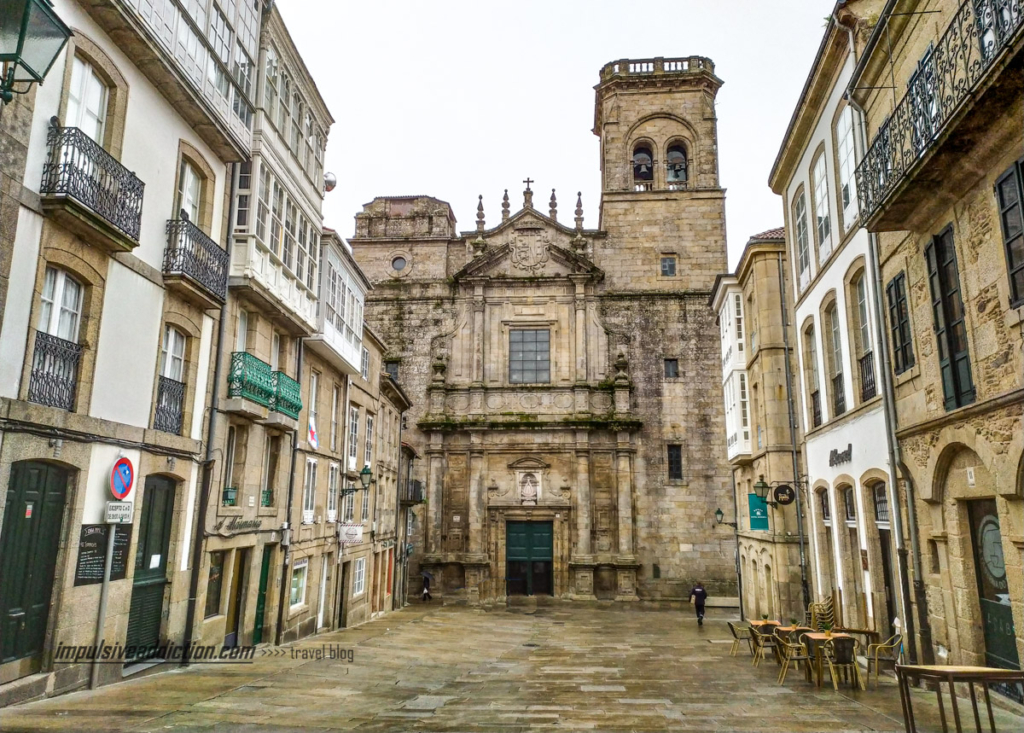
11. Visit Abastos Market in Santiago de Compostela
Abastos Market is said to be the second most visited place in Santiago de Compostela and is open to the public every morning from Monday to Saturday. It consists of 8 large halls, but also extends to the outside, which is usually full of vendors selling their products on the street.
You can find everything for sale there, from fish to meat, from fruits to vegetables, and even crafts and travel souvenirs. There is a hall dedicated to food and small places to eat, and even a wine bar for tasting Galician wines. It is a must-stop for those who want to have a closer contact with the locals and merchants of Santiago de Compostela.
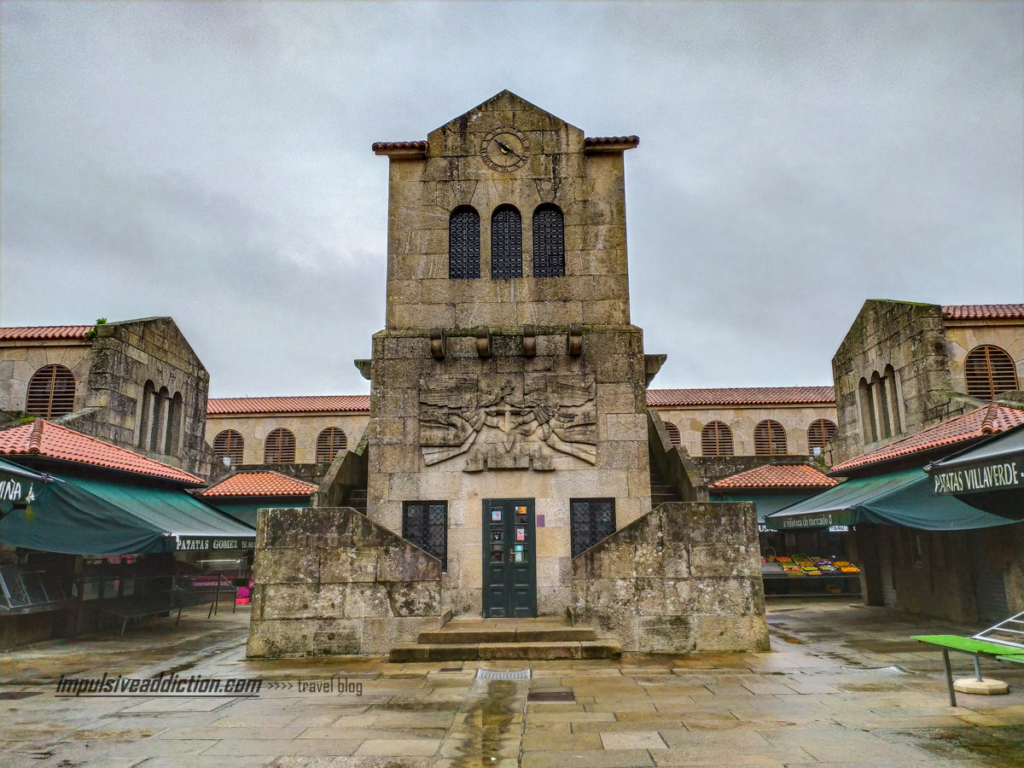
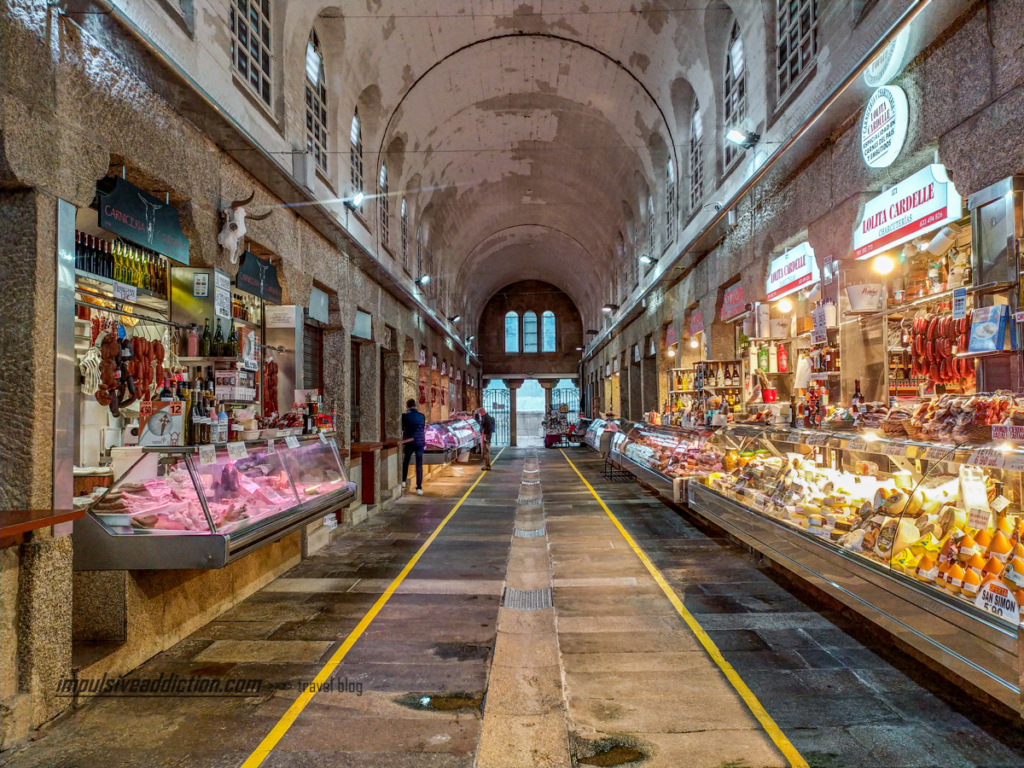
12. Visit the Square and Arch of Mazarelos
At the end of the Abastos Market is the Church of San Félix de Solovio and the square of the same name. This church is considered the oldest in Santiago de Compostela, dating back to the 10th century in its original construction, although it has been rebuilt and expanded several times after.
Going around the Faculty of History and Geography of Santiago de Compostela, you reach the square of Mazarelos and its arch. Passing through this arch, you come face to face with the Convent of las Mercedarias Descalzas.
The faculty has a church, the Church of the Company or University Church. Mazarelos Arch reminds us of the past walls that surrounded the city of Santiago de Compostela; it is the only gate of the walled city that survives today.
Finally, the Convent of las Mercedarias Descalzas is a cloistered convent and still seems to be occupied by nuns. Cloistering is a sensitive issue, and it seems that this convent in Santiago de Compostela made the news a few years ago for the worst reasons when there was a denunciation of forced cloistering of some nuns who wanted to leave that way of life.
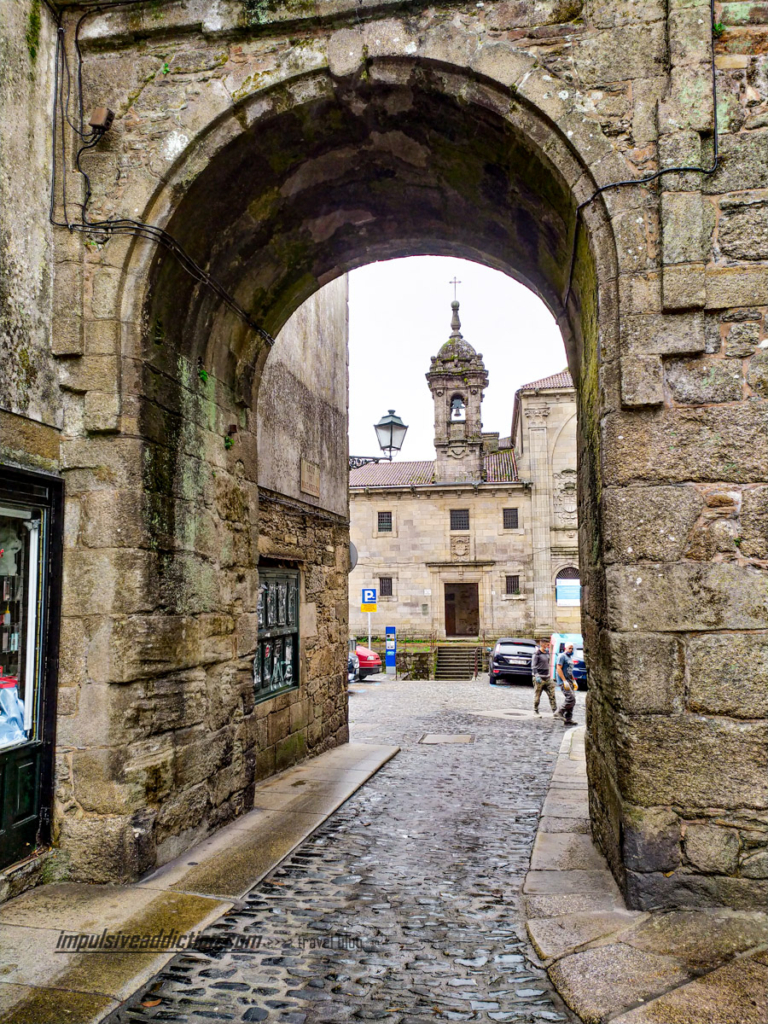
13. Visit Galicia Square, Toural Square, and Rua Nova in Santiago de Compostela
If you want to discover the more modern area of Santiago de Compostela, head to the surroundings of Galicia Square, and its southern part. Otherwise, go to Toural Square, where you’ll find the Eugénio Granell Foundation Museum, located in the Bendaña Palace. Eugénio Granell was a Spanish surrealist painter, so you can imagine the main theme of the museum.
Whether you visit the foundation or not, follow Rua Nova of Santiago de Compostela until you reach Quintana Square, next to the Cathedral. You’ll also know this square already if you followed my suggestion to walk around the Cathedral at the beginning. Along Rua Nova, one of my favorite streets in the city, you’ll pass by the Church of Santa Maria Salomé.
I adore the streets filled with arches in Santiago de Compostela, and this street is one of them, only surpassed in my opinion by Rua do Vilar, my favorite in the city.
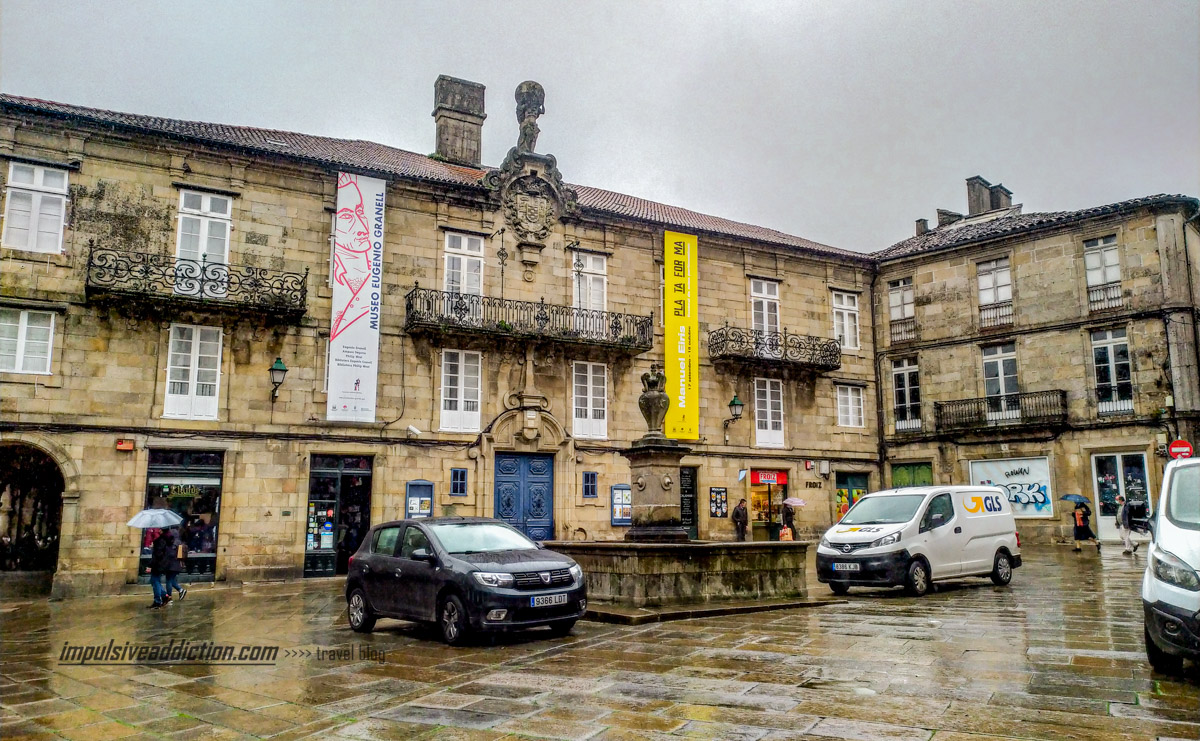
14. Visit the monumental Quintana Square and Praterías Square
Quintana Square has a huge wall of the Convent of São Paio de Antealtares facing the Cathedral of Santiago de Compostela, with three rows of windows at the top of the building. The upper two have railings that add a unique touch to the scenery in the square, even with the fantastic cathedral taking almost all of our attention. The convent has a museum of sacred art that you can visit.
In addition to the Holy Door, which I mentioned earlier, there’s also the Berenguela Tower or Clock Tower, another of the towers of the Cathedral, which becomes quite evident on this square.
In Praterías Square, what I most remember are the Horse Fountain and Casa do Cabido, with red doors and windows in the background. Don’t get me wrong, the cathedral looks also amazing here, and Praterías Portico is undoubtedly the greatest work of art in the square! The Museum of Pilgrimages is also located in this square of Santiago de Compostela.
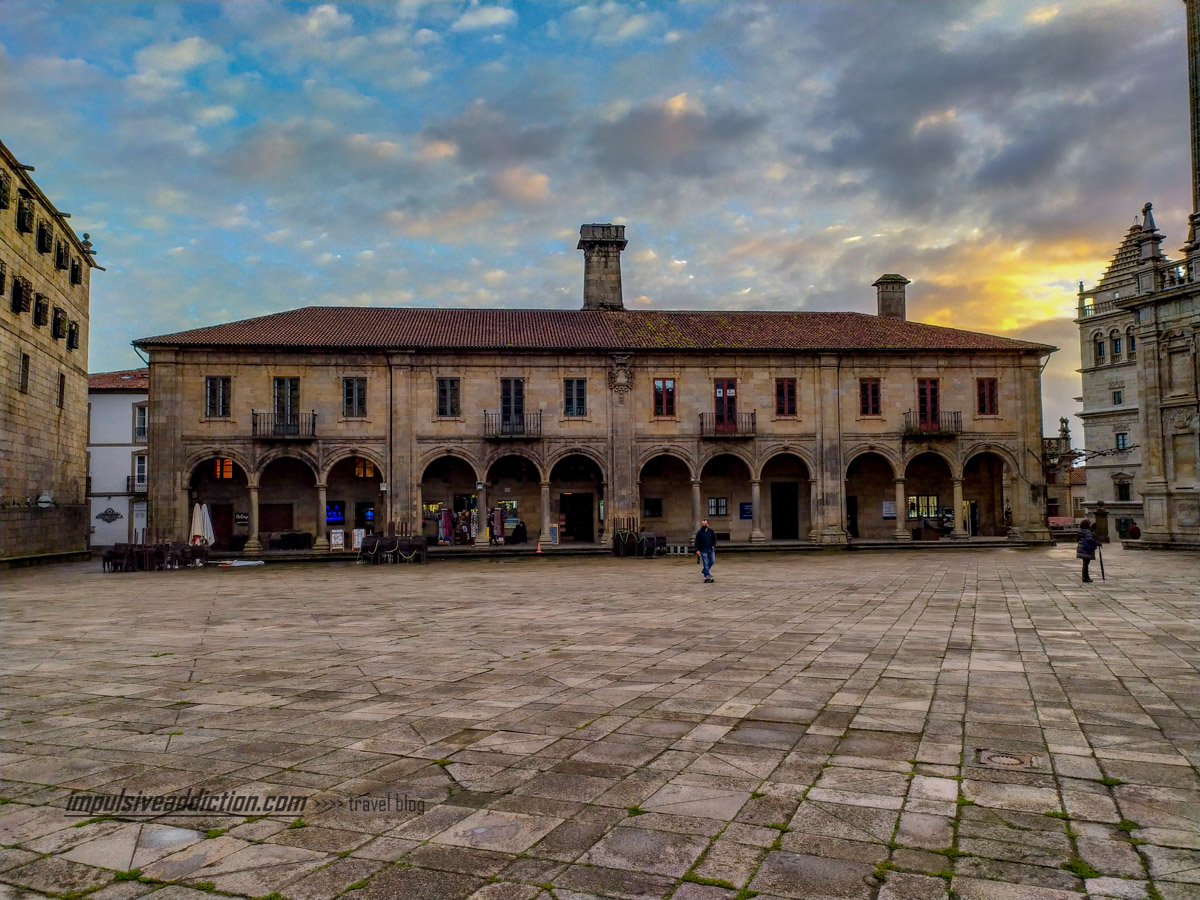
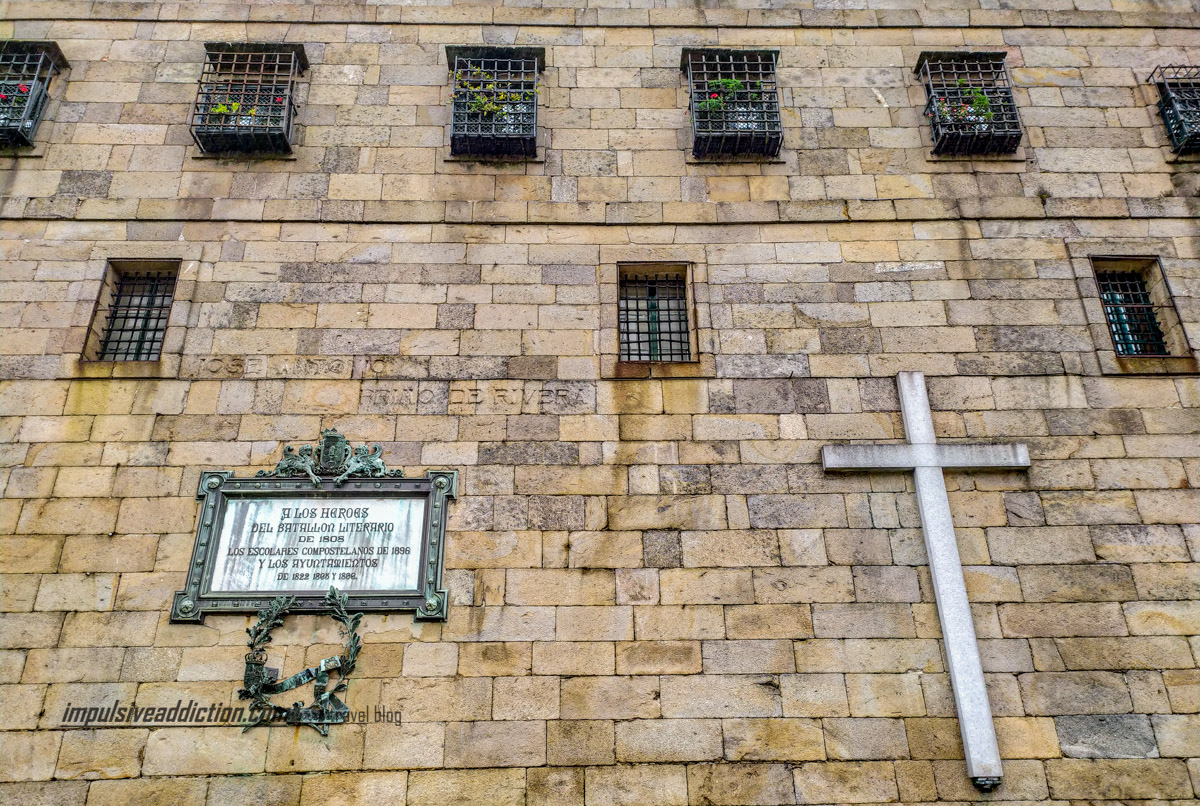
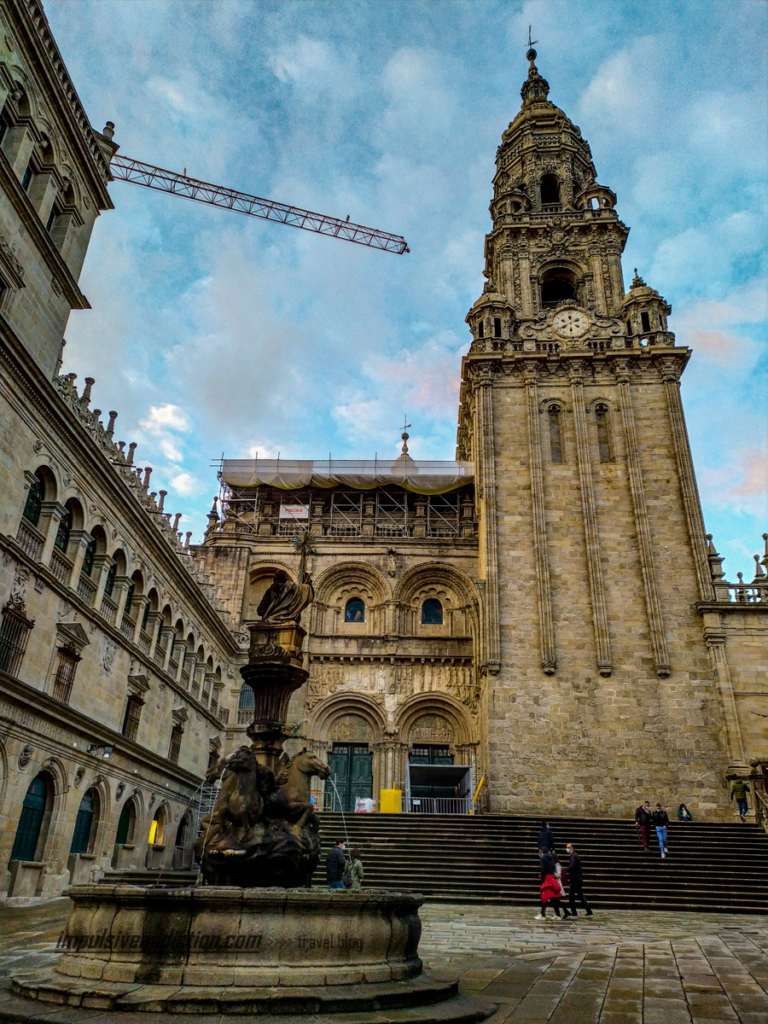
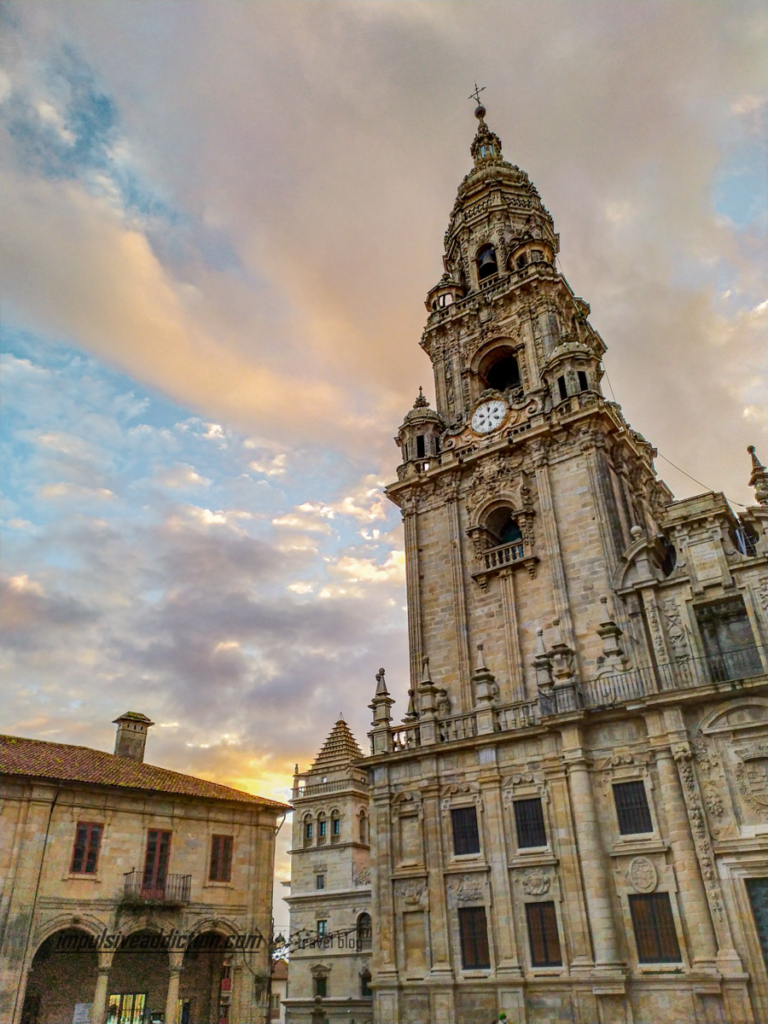
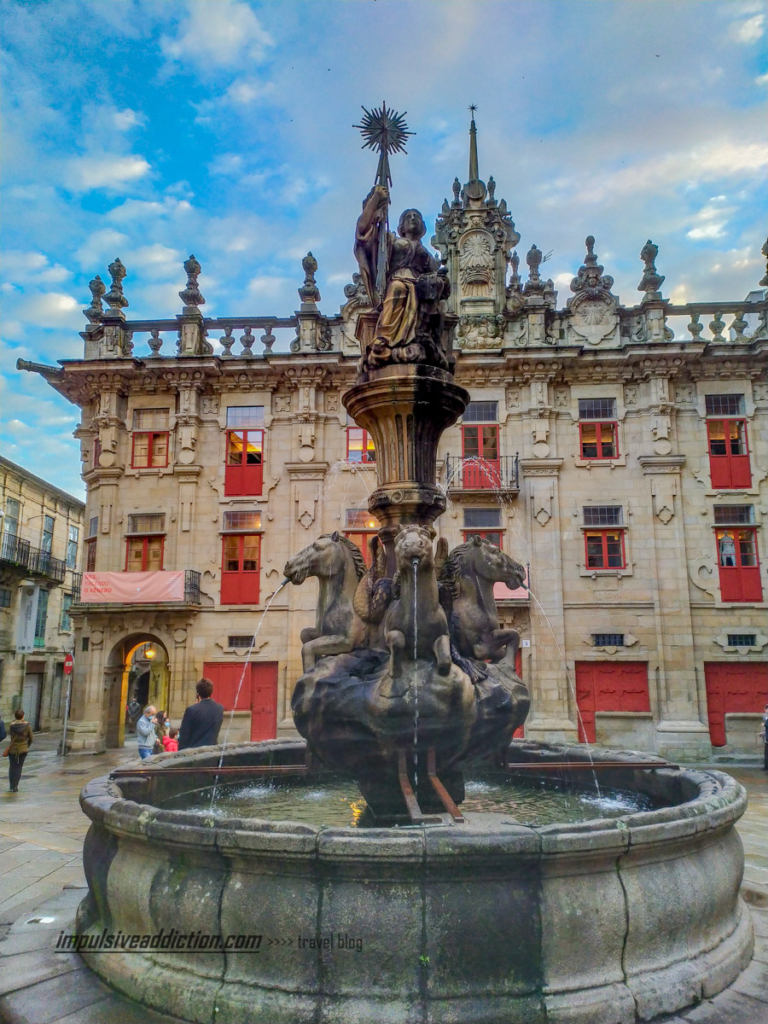
15. Visit Rua do Vilar – my favorite in Santiago de Compostela
If there’s a street that I loved to explore several times, up and down, it was Rua do Vilar in the historic center of Santiago de Compostela. In addition to the exceptional setting with Berenguela tower, the highlight should be given to the long stretches of arcades on both sides of the street, even more extraordinary than those on Rua Nova.
From Rua do Vilar, you should head towards the entrance to Alameda Park, passing by the spot where one of the gates of the walled city used to stand: the Faxeira gate.
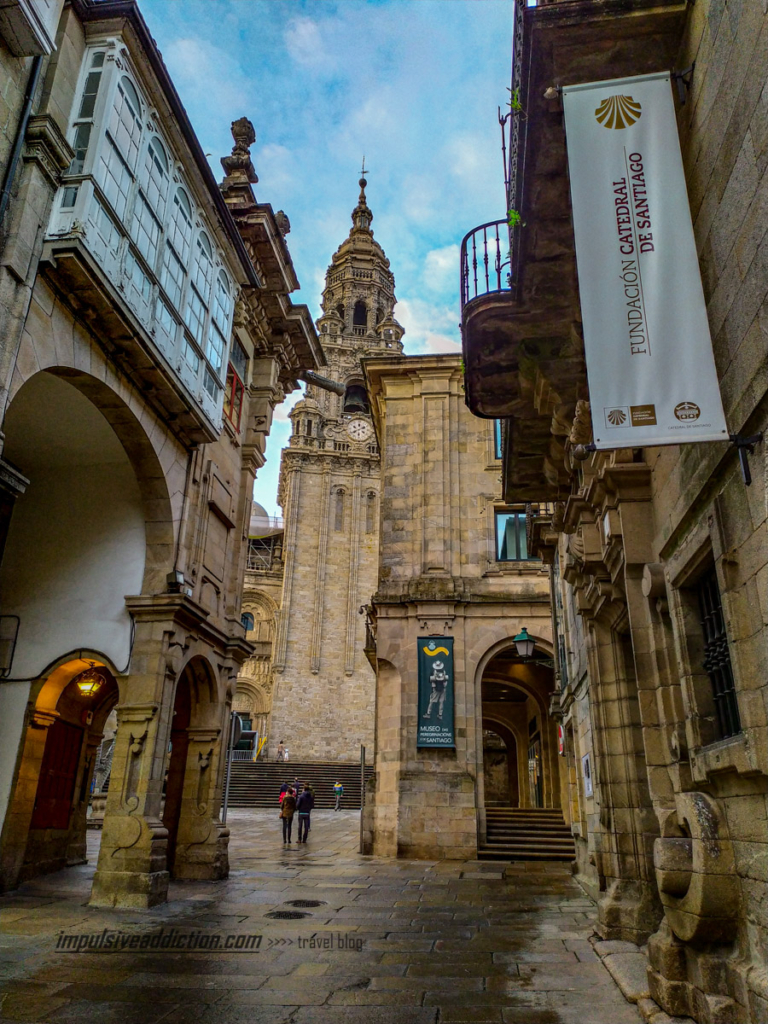
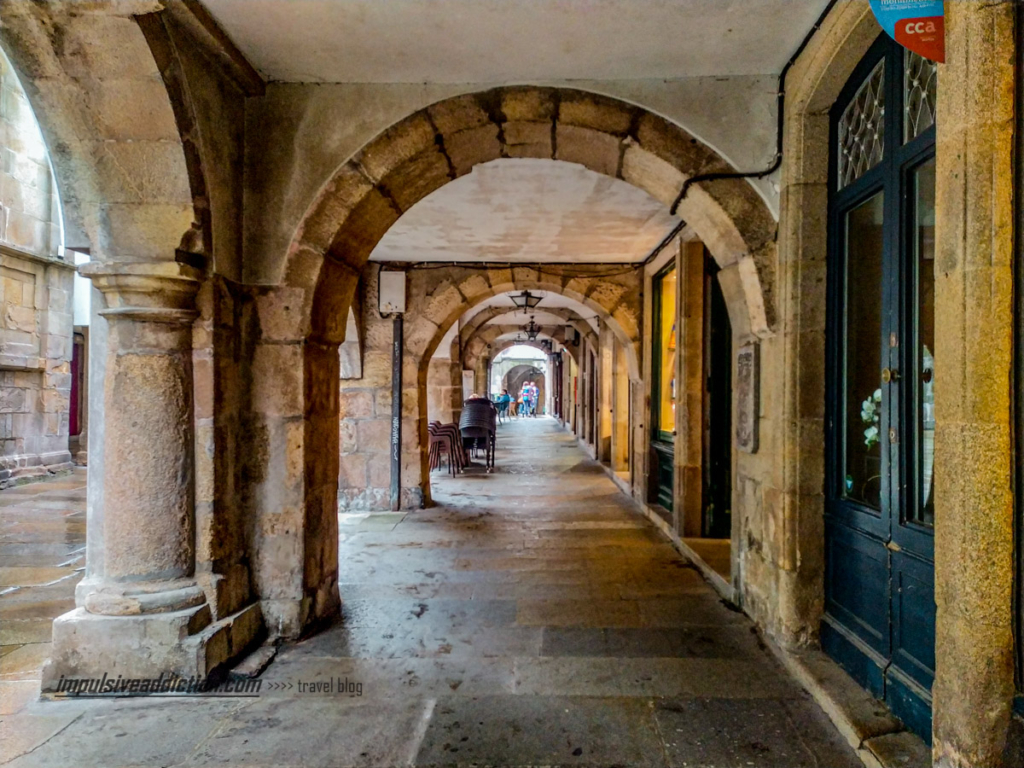
16. Visit the Alameda Park in Santiago de Compostela
Through this city park, you will see that Santiago de Compostela is not just monumental: it also has amazing green and flowery spaces. I have already mentioned one of these spaces in this article, but I consider the Alameda Park superior.
The Two Marias will greet you at the entrance of the park: they are a sculpture of two sisters (Maruxia and Corelia) who lived in Santiago de Compostela and became famous in the city for walking every day through the old town and teasing students, dressed and made up in an exaggerated and daring way for the standards of the time.
A little further ahead, on the right, you will find the “bench of the lovers” in front of the bandstand, and on the other side of the avenue, the Chapel of Our Lady of Pilar. From there, I recommend you to climb up to the heart of the park (church of Santa Susana), surrounded by a forest of hundred-years-old oak trees.
Then, descend to the back of the park, passing by the statue of Rosalía de Castro, an important and very famous writer and poetess from Santiago de Compostela and Galicia in the 19th century. Walk along the horseshoe-shaped promenade to the viewpoint of the Cathedral of Santiago de Compostela, and then return to the historic center.
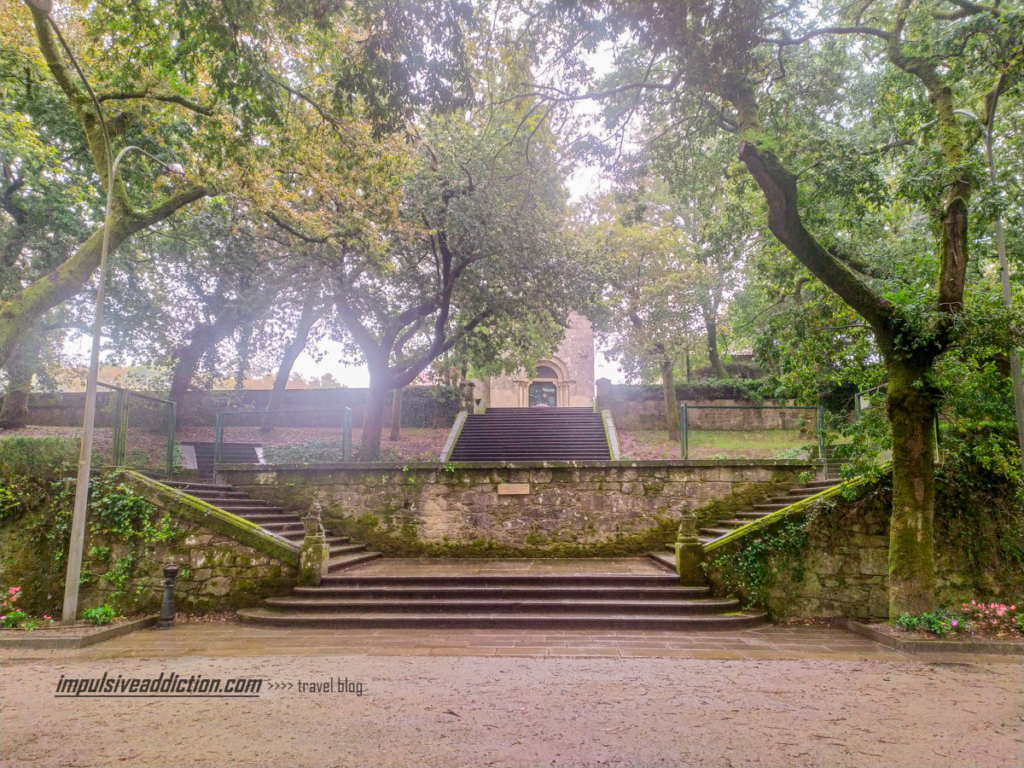
17. Visit Fonseca Square, next to the Cathedral of Santiago de Compostela
I recommend that you end your walk through the old town of Santiago de Compostela by walking along Rua do Franco towards the Cathedral. It is another main street of the city, and you will eventually come across the flowery Fonseca Square, just before finishing.
In front of this square is Fonseca Palace, or College of Santiago Alfeu. It is said to be the origin of the University of Santiago de Compostela, right in the heart of the city. It currently houses the General Library of the University and frequently hosts temporary exhibitions.
Heading towards Obradoiro Square, you will end your visit to Santiago de Compostela (old town) at the same point where you started the itinerary. Hope you enjoyed it.
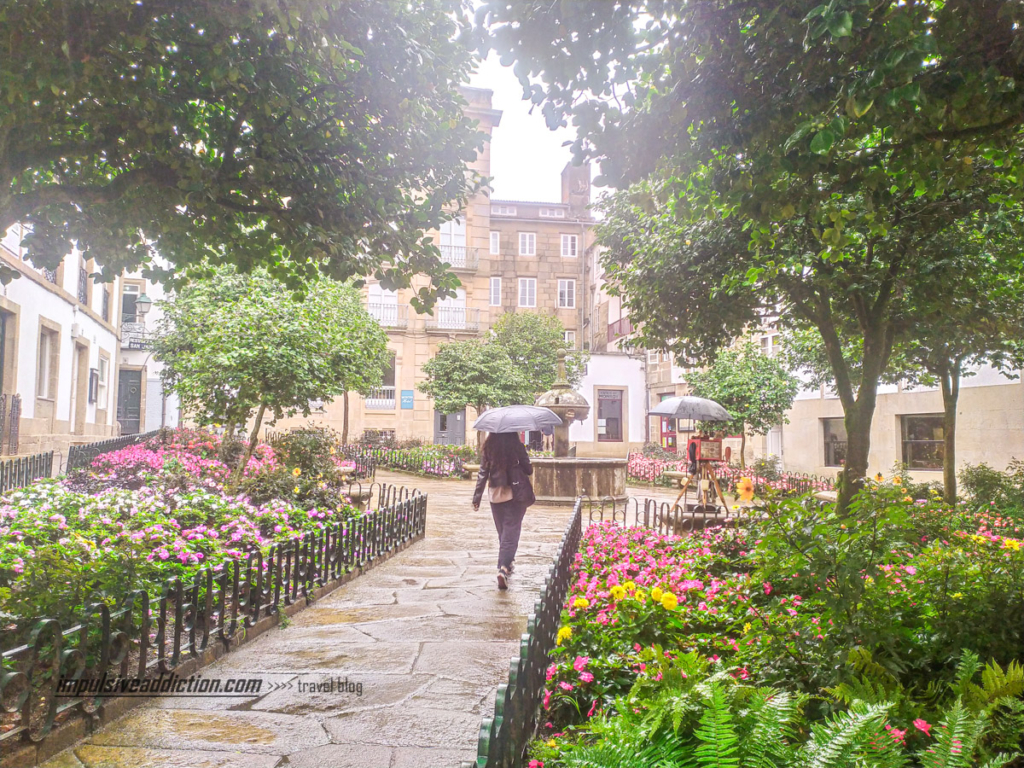
Map | Things to do in Santiago de Compostela
I have prepared a map with the main locations not to be missed on an itinerary through the old town of Santiago de Compostela: the most emblematic squares tourist attractions! If you follow what I wrote before and this map, you will have a clear idea of all the things to do in Santiago de Compostela.
Things to do in Santiago de Compostela surroundings
Galicia has an area that corresponds to almost one third of the area of Portugal, my country, so you may imagine that there are plenty of more places to visit. If Santiago de Compostela is the heart of Galicia, the rugged Galician coast and its viewpoints are my passion. For me, visiting only Santiago de Compostela on a trip to Galicia is a huge mistake.
For years I visited Galicia frequently, on several long weekend getaways. I have traveled the entire coast and I also visited many other cities and places in the interior, equally remarkable. Follow the link to my full article with Things to do in Galicia, where you will not be short of tips for extra days in this region of Spain.
1. Destinations close to Santiago de Compostela
Near Santiago de Compostela, you must visit:
- Ponte Maceira, to cross the old bridge over Tambre River.
- The City of Culture of Galicia, a highly modern building that contrasts drastically with the old town of Santiago de Compostela: it’s another Santiago!
- The top of Mount Pedroso, for a panoramic view of the city of Santiago de Compostela.
- Mount Gozo and its monument, from where pilgrims see the towers of the Cathedral for the first time when they walk the Way of St. James and approach the city of Santiago de Compostela.
- Check this tour in Civitatis. It allows you to be a pilgrim for a day and go walk the last km of Camiño de Santiago (French Way).
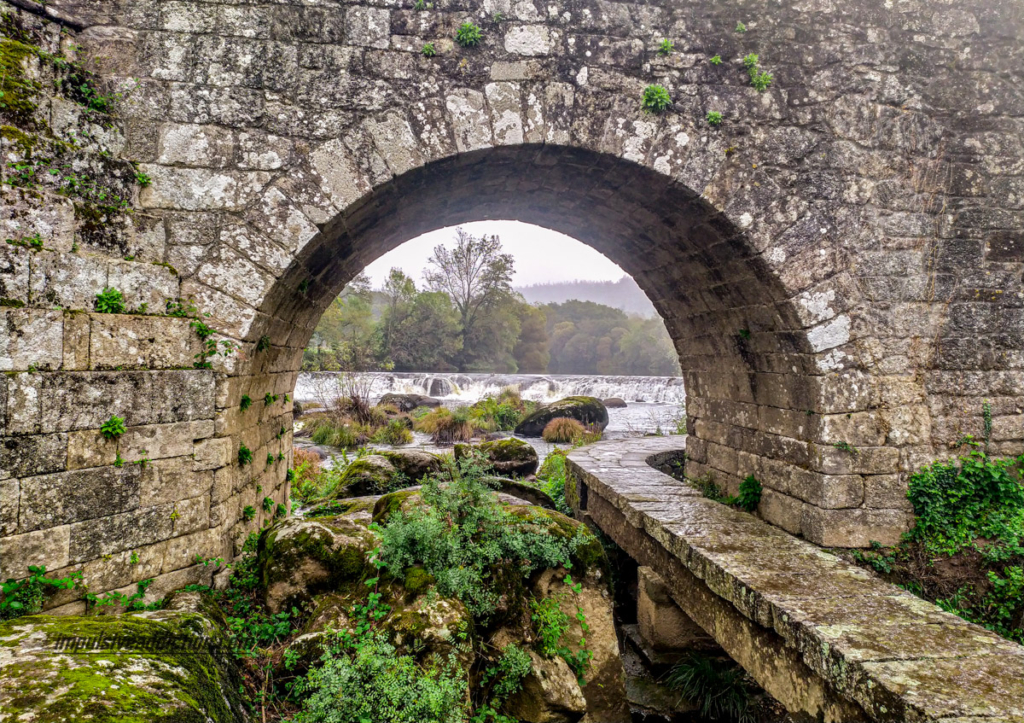
2. Visit Rias Baixas and Cies / Ons Islands
Rias Baixas is a true treasure of Galicia, with a rugged coastline filled with beaches, picturesque villages, and a rich gastronomy based on seafood and fish. In the region, you cannot miss visiting the city of Vigo, which is the largest and most cosmopolitan city in the area, with a lively port area and a range of museums and cultural attractions. Climb up to the castle for an excellent viewpoint.
Another must-see place is the city of Pontevedra, which has a historic charm and impressive architecture. The city is famous for its well-preserved historic center, with cobbled streets, beautiful squares, and old churches.
Along the coast, Rias Baixas also offers a series of stunning beaches, such as Samil Beach in Vigo or La Lanzada Beach in Sanxenxo. Go visit Baiona, Sanxenxo, and O Grove, I’m sure you won’t regret it! Additionally, you cannot miss a visit to the Cíes and Ons islands, which have some of the most beautiful beaches in Spain and are a true paradise for nature lovers.
- Excursion to Rias Baixas (Boat with mussels and wine)
- Rías Baixas: Boat Trip, Mussels, Wine, and Winery Visit Tour
- Rías Baixas Day Trip
- Cies Island Tour
- Rías Baixas, Arosa Island & Combarro Day Trip
- Vigo & Baiona Day Trip
- Guided tour of Bodegas Granbazán
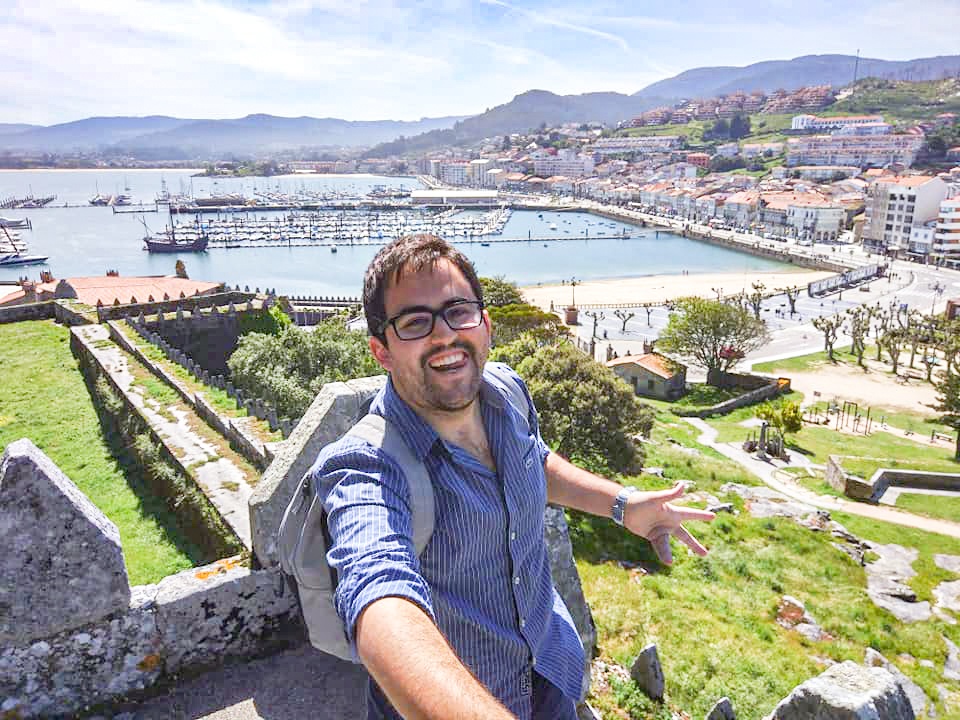
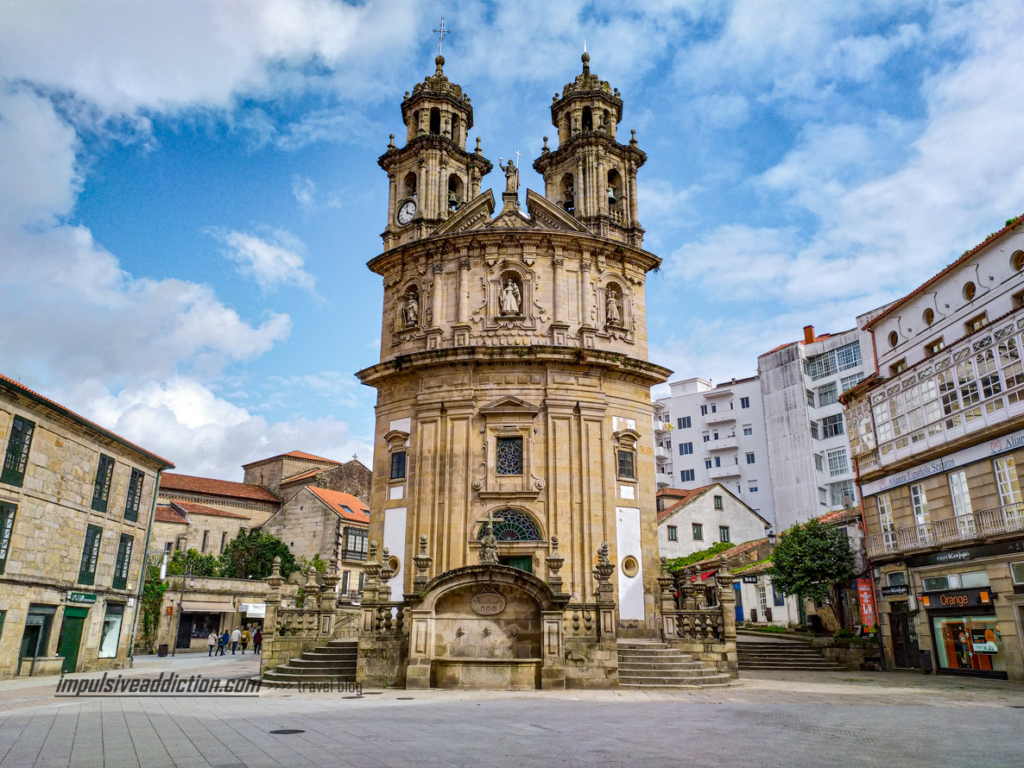
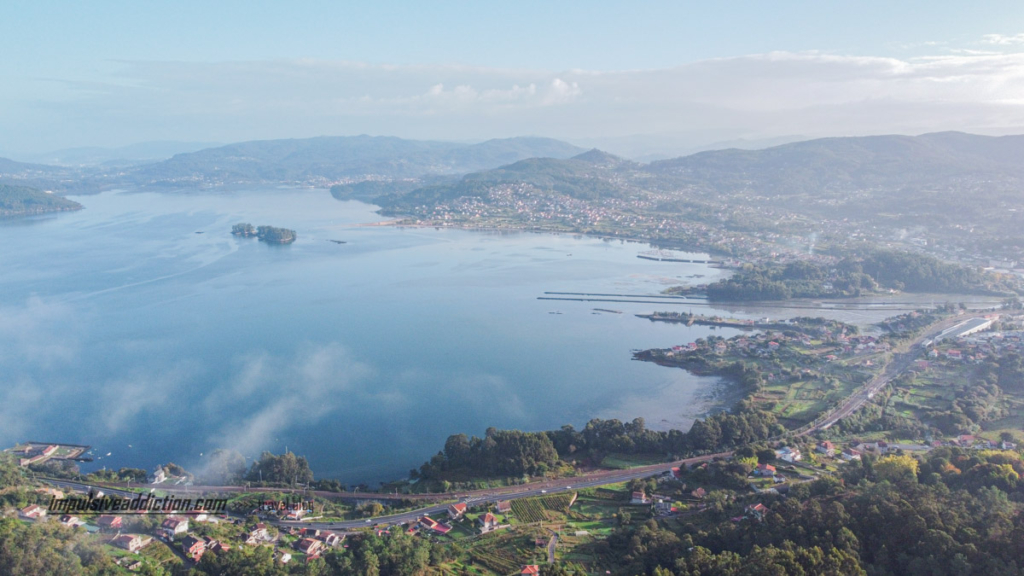
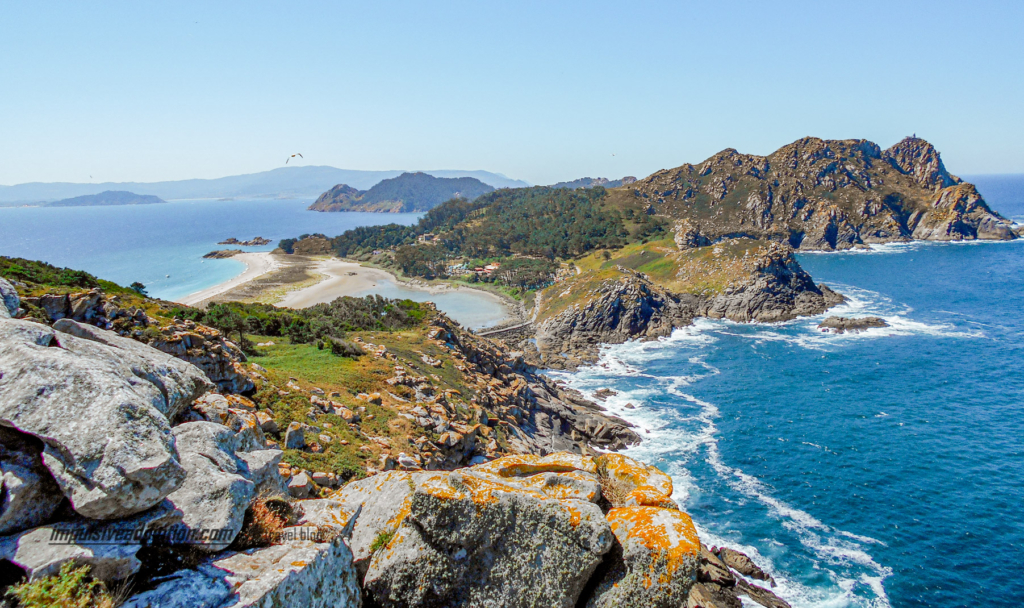
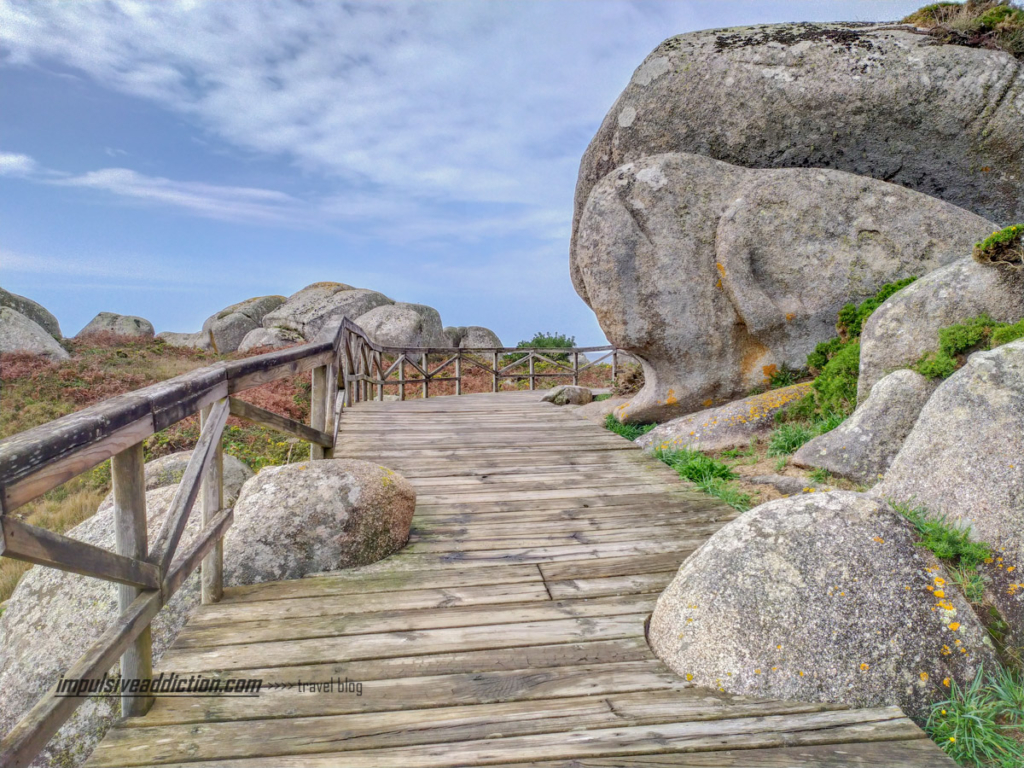
3. Visit Costa da Morte, Finisterre and La Coruña
You cannot miss visiting Costa da Morte (Death Coast in english), with around 200 km of extension, full of impressive cliffs, wild beaches, centennial lighthouses, and many other treasures that deserve to be discovered.
The name of this coast comes from the many shipwrecks that occurred there over the centuries due to adverse weather conditions, dangerous sea currents, and the countless rocks scattered along the coast. One of its main attractions is the Finisterre Lighthouse, which would be considered the end of the world in the past, as it was the westernmost point of known Europe. Another must-visit place is Carnota Beach, one of the longest beaches in Europe, with about 7 km of extension. How about doing the lighthouse route on Costa da Morte?
For nature lovers, the Corrubedo Dunes Natural Park is a hidden treasure of the region, with sand dunes, lagoons, and a great variety of birds to observe. For history buffs, the city of La Coruña is an option that cannot be missed on the itinerary, with its famous Tower of Hercules in great prominence.
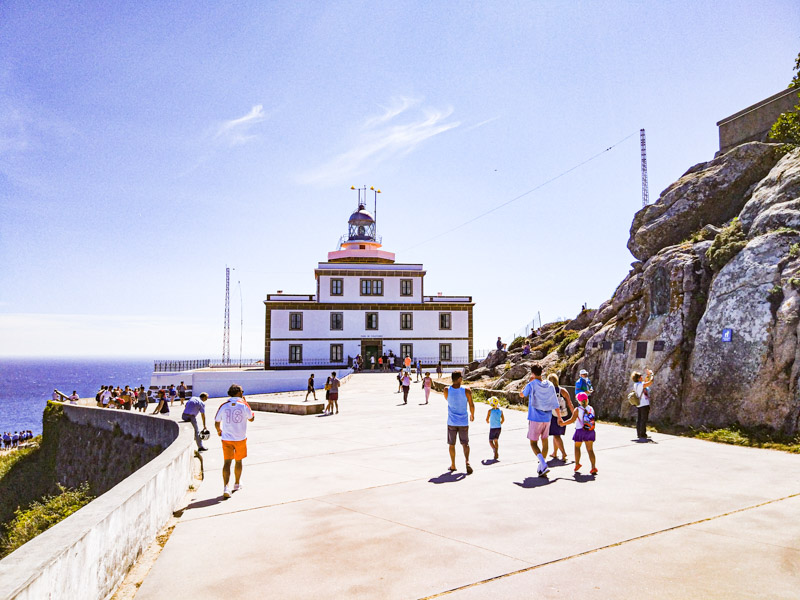
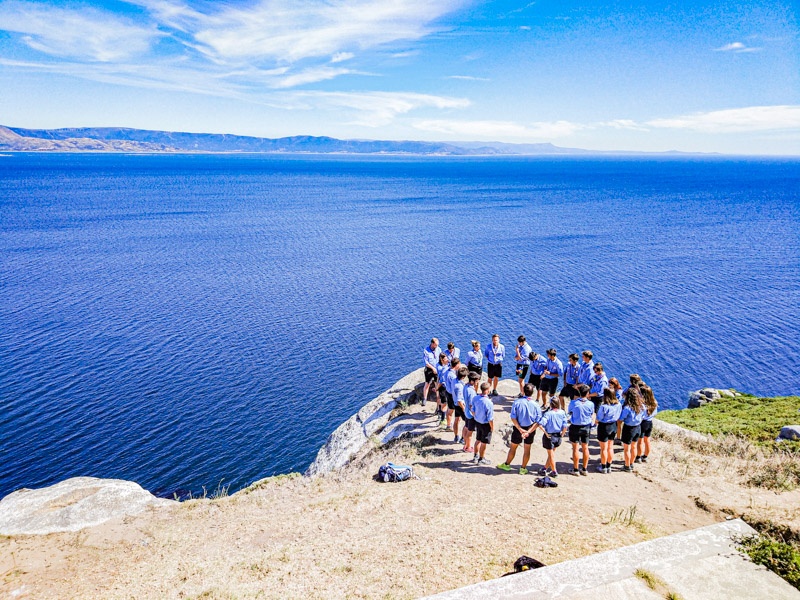
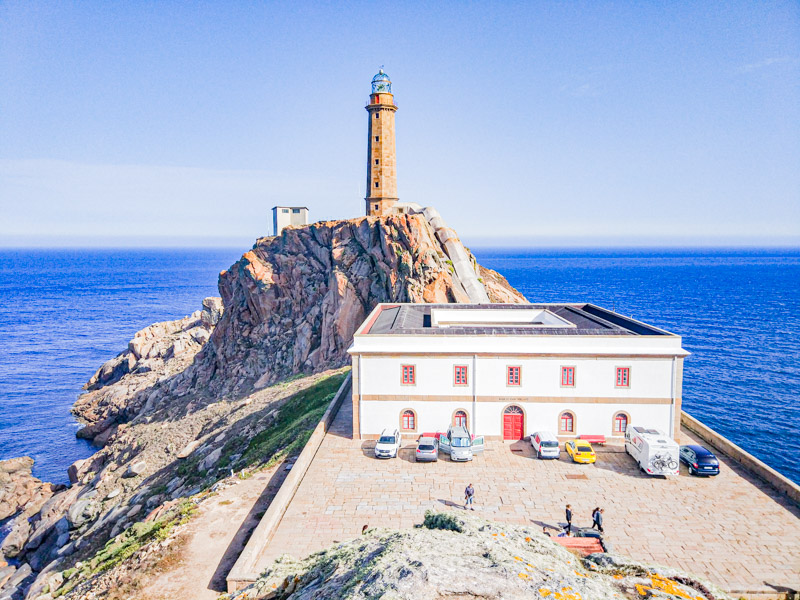
4. Visit Lugo and Ribadeo (Cathedrals Beach)
Regarding Lugo, it is known for its Roman walls, which were built in the 3rd century to protect the city from barbarian invaders. The walls are over 2 km long and are one of the best-preserved Roman monuments in the Iberian Peninsula.
Ribadeo, on the other hand, is a coastal city that harbors one of the most beautiful estuaries in Europe. It has another must-see attraction, which is the surreal Beach of the Cathedrals, with spectacular rock formations. During low tide, it is possible to walk among the rocks by the seaside and appreciate the most stunning natural beauty of the Galician coast.
- Lugo, Ribadeo & Beach of the Cathedrals Trip
- As Catedrais Beach, Tapia & Rinlo Tour
- Excursion to Catedrais Beach, Pancha Island and Asturias
- Excursion to Playa de las Catedrales, Lugo & Ribadeo
- Excursion to Cathedrals Beach and Asturias from Santiago de Compostela
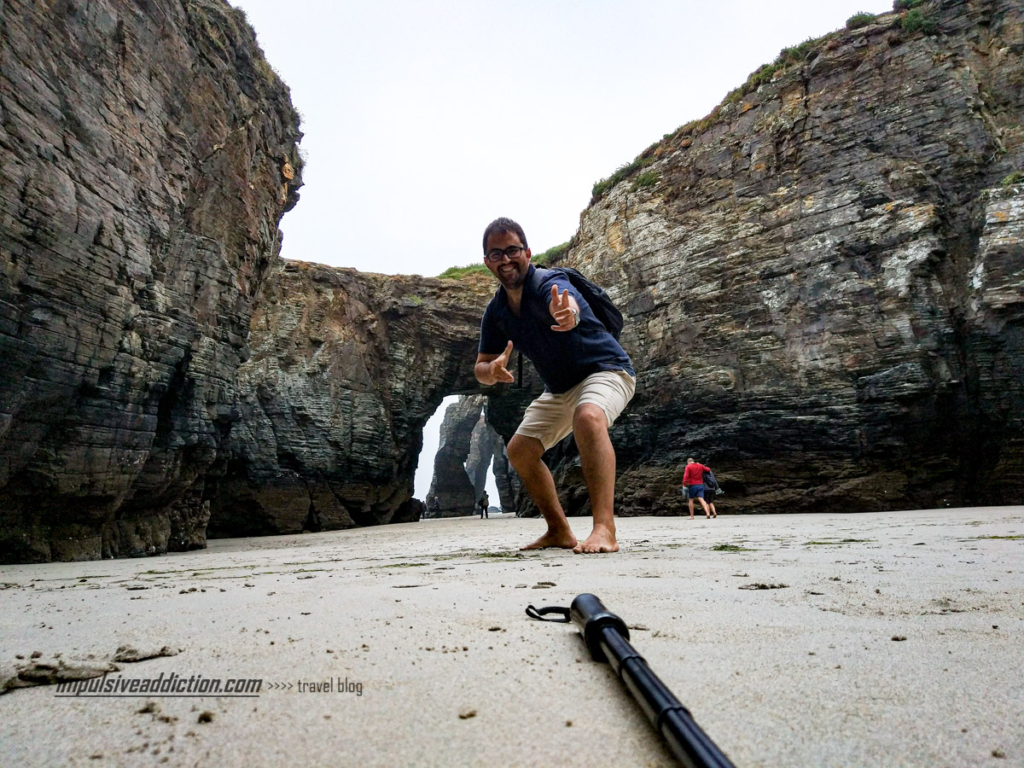
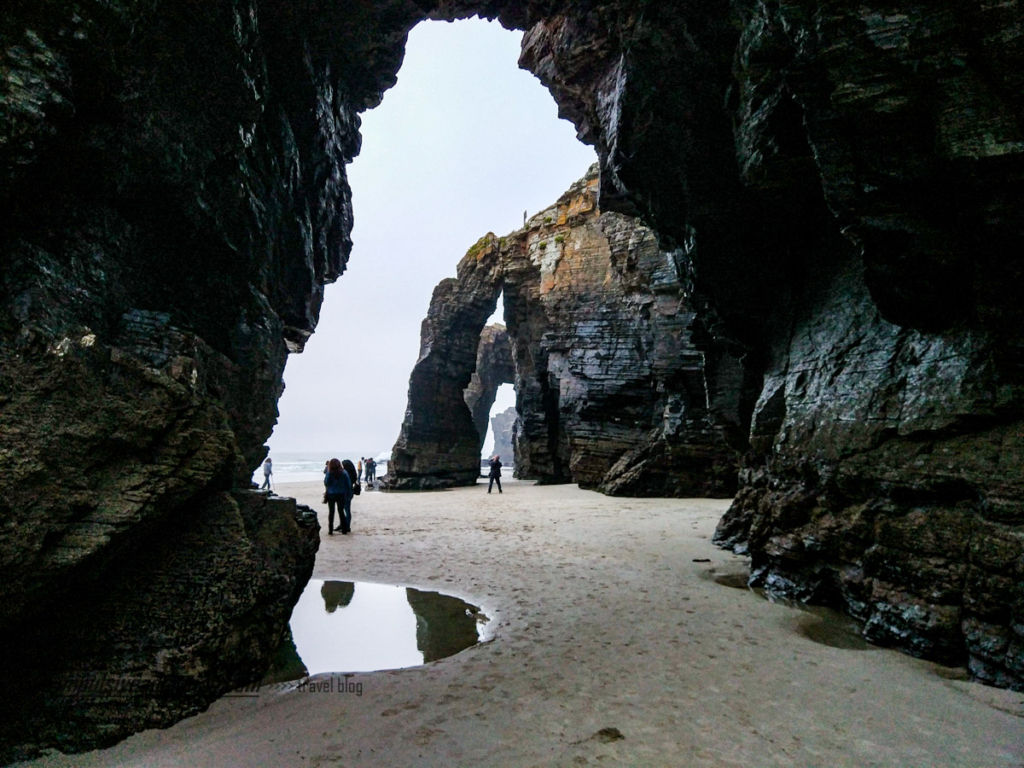
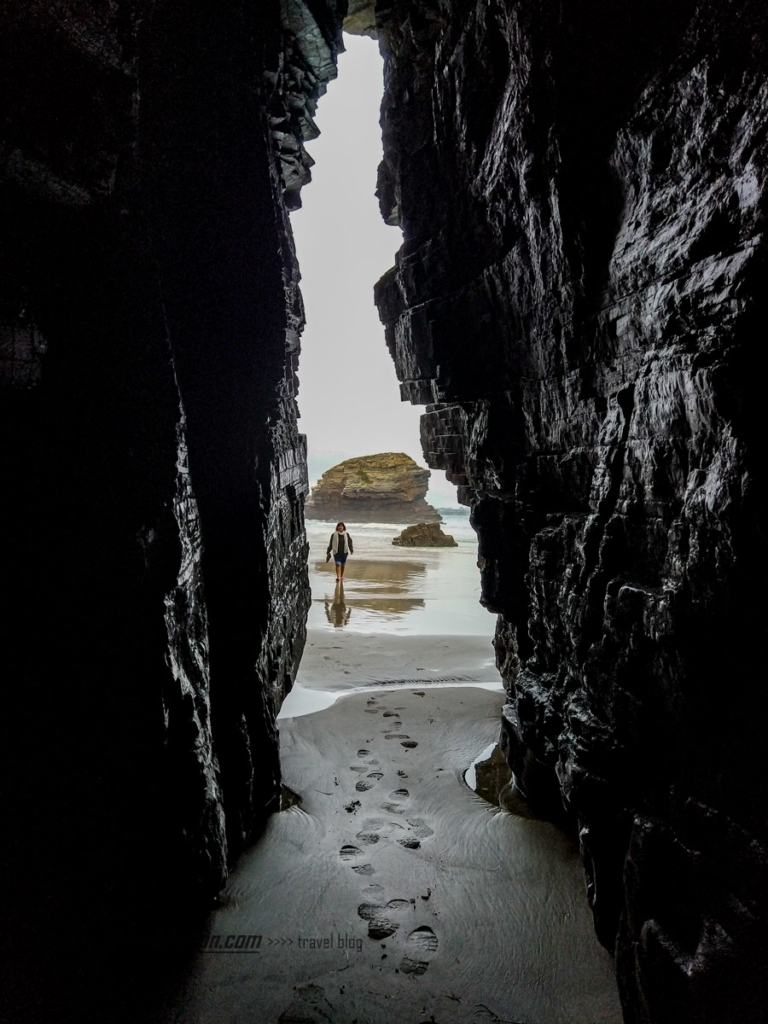
5. Visit the Cliffs of Ribeira Sacra and the Thermal baths of Ourense
Ribeira Sacra will be another nature destination in Galicia, alongside the winding Sil and Minho rivers, where you can take boat trips through impressive gorges and deep valleys. There are plenty of amazing viewpoints to discover, several ancient monasteries and churches, and also hiking trails.
Ribeira Sacra is also known for its wines, which are produced on the region’s slopes, near the rivers. You can visit some wineries and also do some wine tastings.
Finally, don’t forget to visit Ourense, bathing in its public, free and open-air thermal pools. 😉 Of course, there are also paid places for those seeking a more reserved experience. They are one of the best experiences in Galicia!
- Ribeira Sacra & Ourense Tour
- From Santiago: Excursion to Ribeira Sacra and Ourense
- Full Day Excursion to Ribeira Sacra and Winery with Tastings
- Day trip to the Ribeira Sacra from Santiago de Compostela
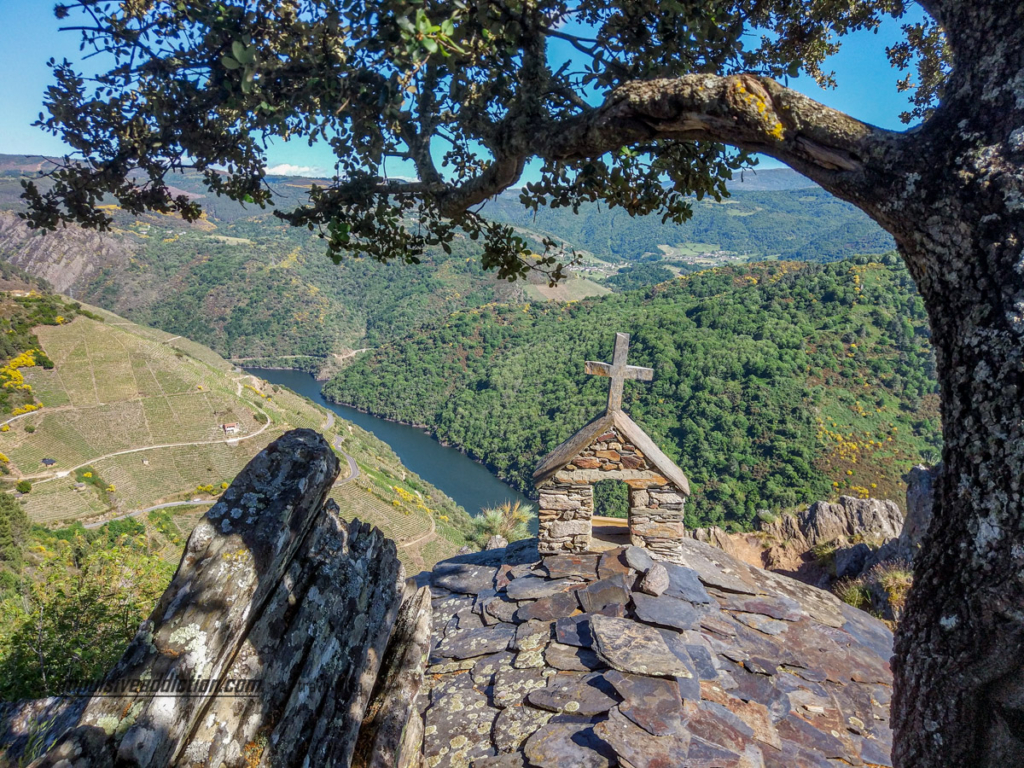
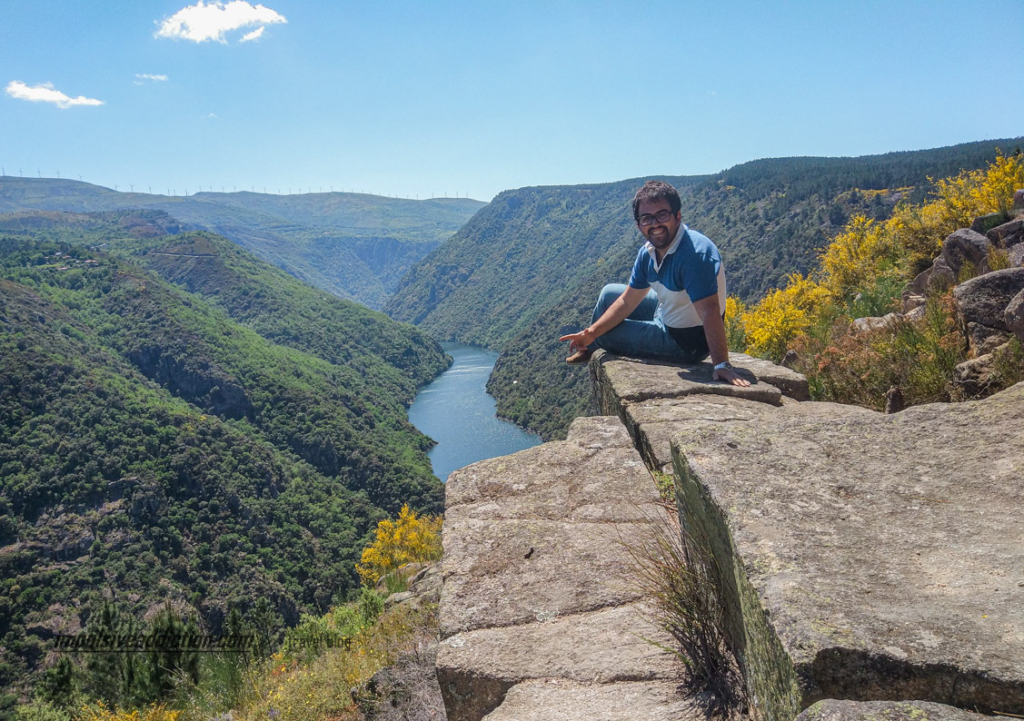
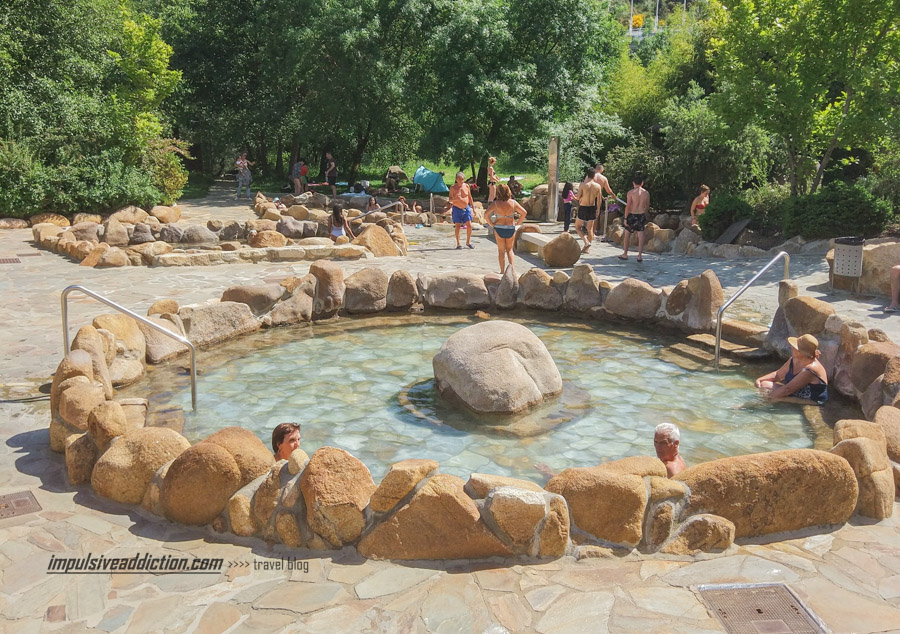
6. Visit the North of Portugal and the City of Porto
Portugal is my country! Whether you’re looking to explore the region’s historic cities, wander through picturesque towns, or hike through rugged mountains and valleys, there’s something for everyone in the North of Portugal. This is my last tip for places to visit departing from Santiago de Compostela.
Here are just a few of the top things to do there:
- Explore Porto’s Historic City Center: Porto’s city center is a UNESCO World Heritage Site, filled with stunning architecture and colorful buildings. Visit the iconic Ribeira district, stroll along Douro River, and sample the city’s famous port wine.
- Visit Douro Valley, another UNESCO World Heritage Site and one of the most beautiful wine regions in the world. Take a river cruise, visit local vineyards and wineries, and enjoy the stunning landscapes.
- Discover Braga’s History: Braga is one of the oldest cities in Portugal and is known for its rich history and stunning architecture. Visit Bom Jesus do Monte sanctuary, Braga Cathedral, and the medieval Castle and Historic Center of Guimarães.
- Experience Peneda-Gerês National Park: This stunning national park is a paradise for nature lovers. Hike through the rugged mountains, swim in crystal-clear lagoons, and spot rare wildlife.
- Enjoy the Local Cuisine: North Portugal is famous for its delicious cuisine, from fresh seafood to hearty stews and flavorful wines. Sample the local specialties, such as bacalhau (cod), cozido (meat and vegetable stew), and vinho verde (young, slightly effervescent wine).
- Porto Day Trip
- Things to do in Porto
- Things to do in Viana do Castelo
- Things to do in Braga
- Things to do in Guimarães
- Peneda Gerês National Park Itinerary
- Douro Valley Itinerary
- Trás-os-Montes Itinerary
- Things to do in Esposende
- Things to do in Barcelos
- Things to do in Arcos de Valdevez
- Things to do in Caminha
- Things to do in Valença
- Things to do in Monção
- Things to do in Ponte de Lima
- Things to do in Matosinhos
- Things to do in Vila do Conde
- Things to do in Póvoa de Varzim
- Things to do in Vila Nova de Gaia
- Minho | Northern Portugal Itinerary
